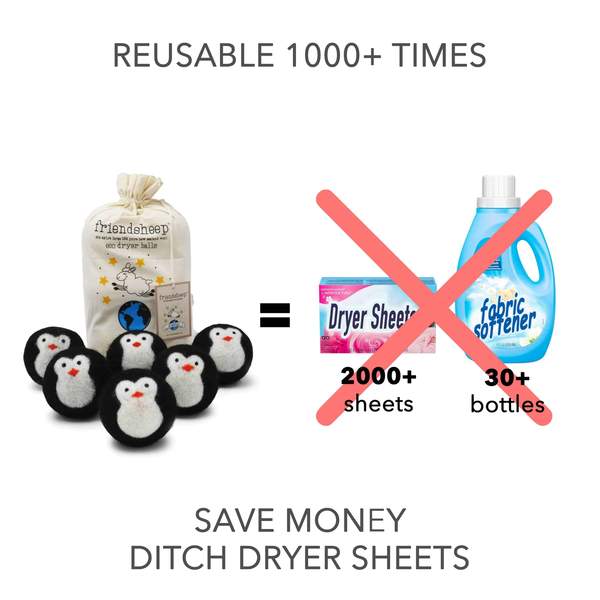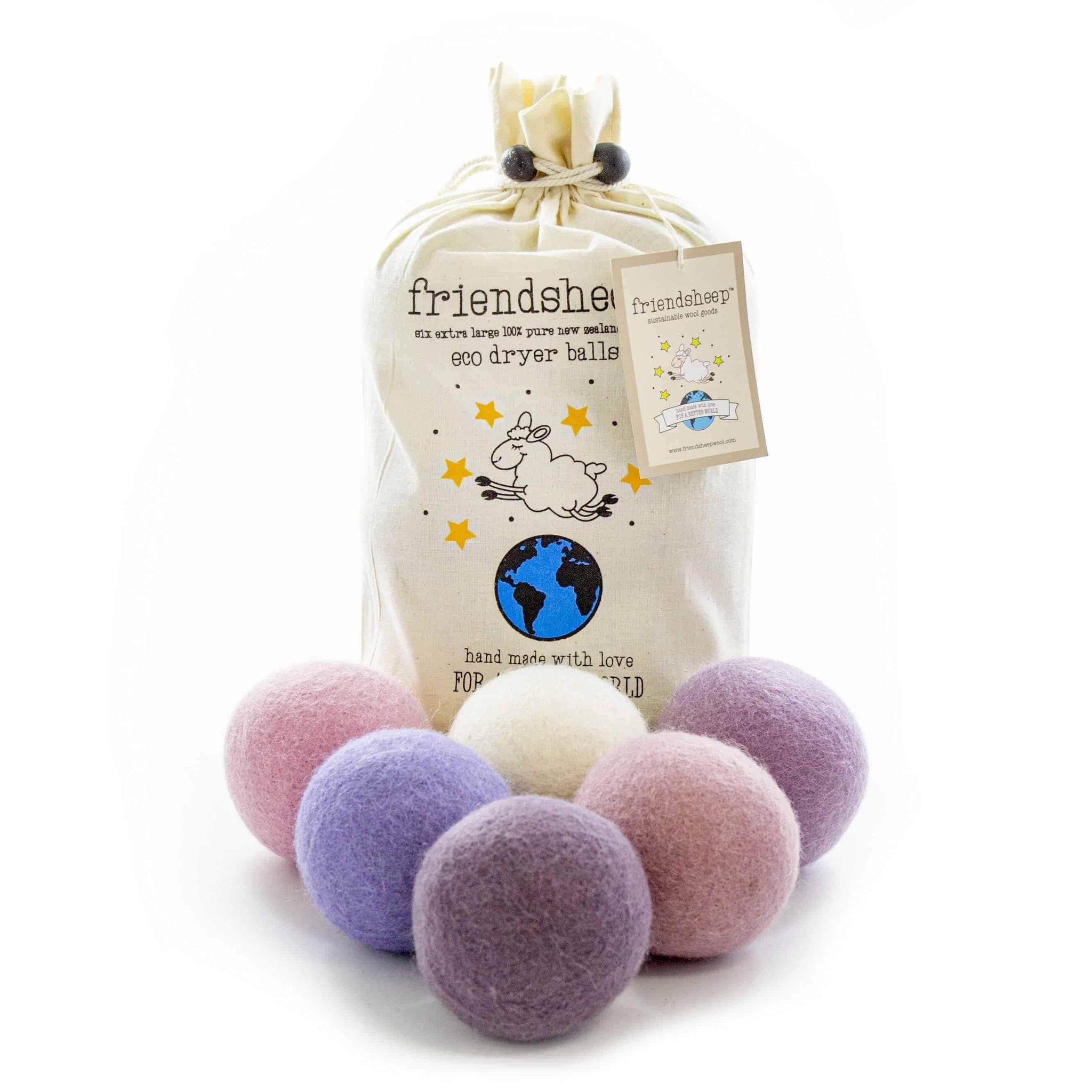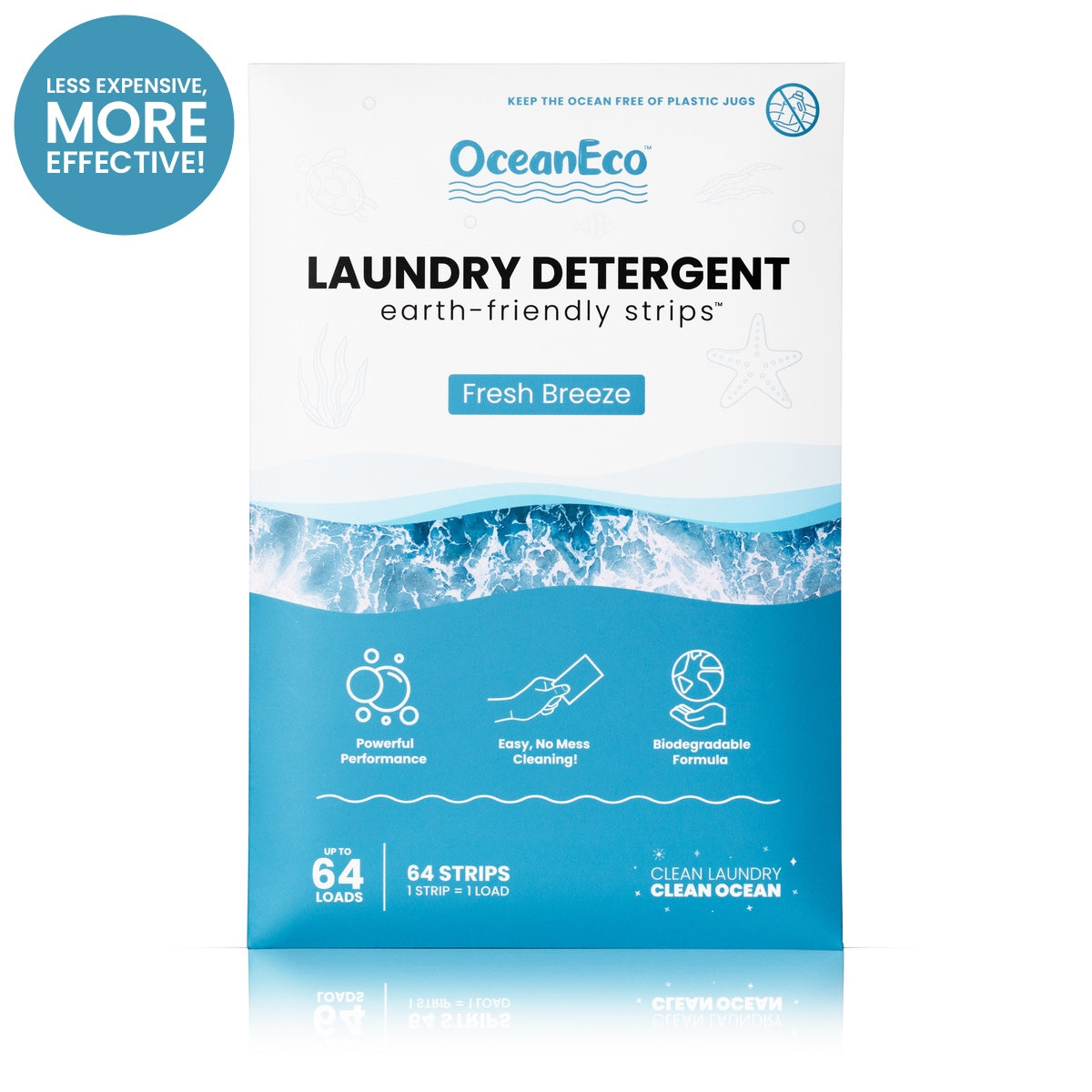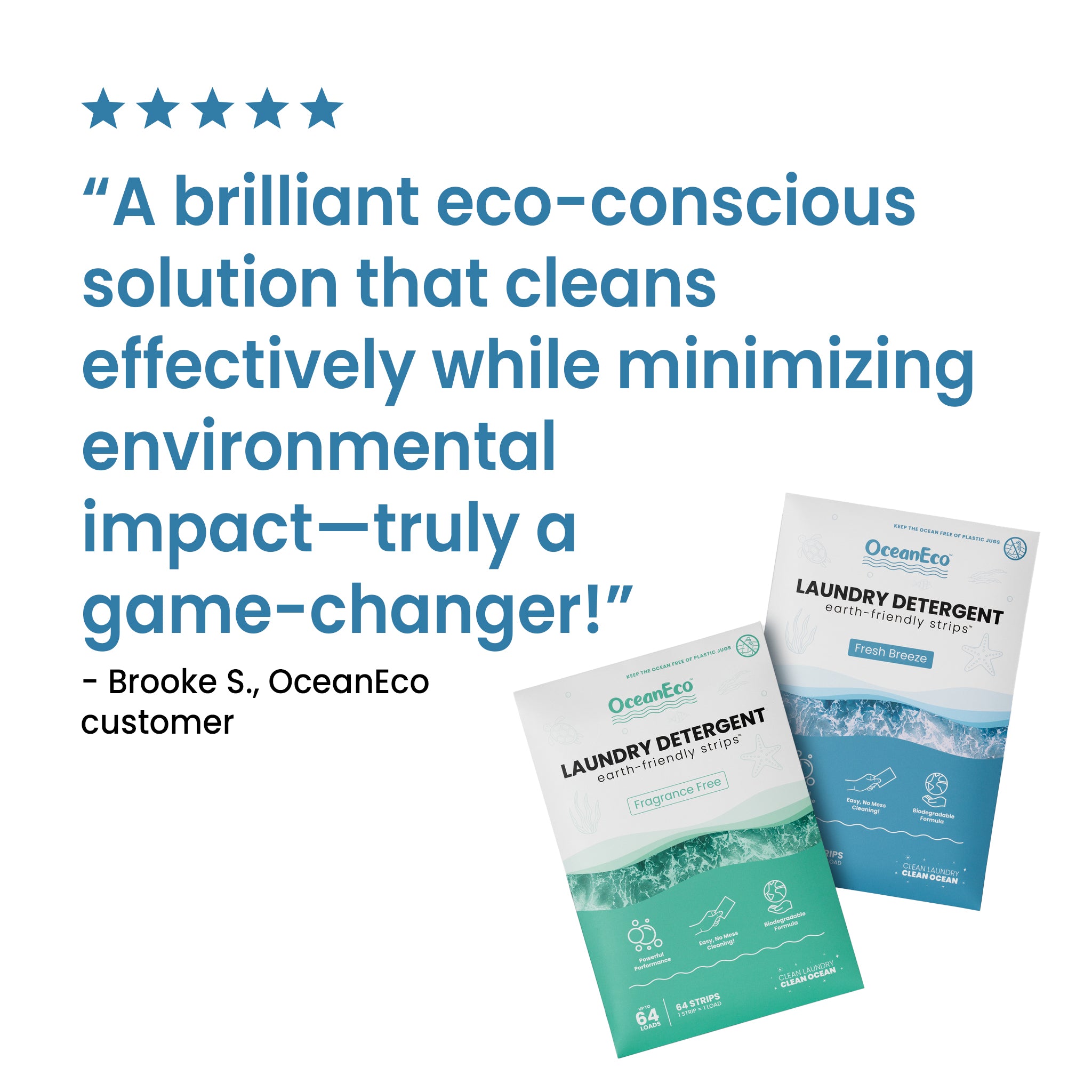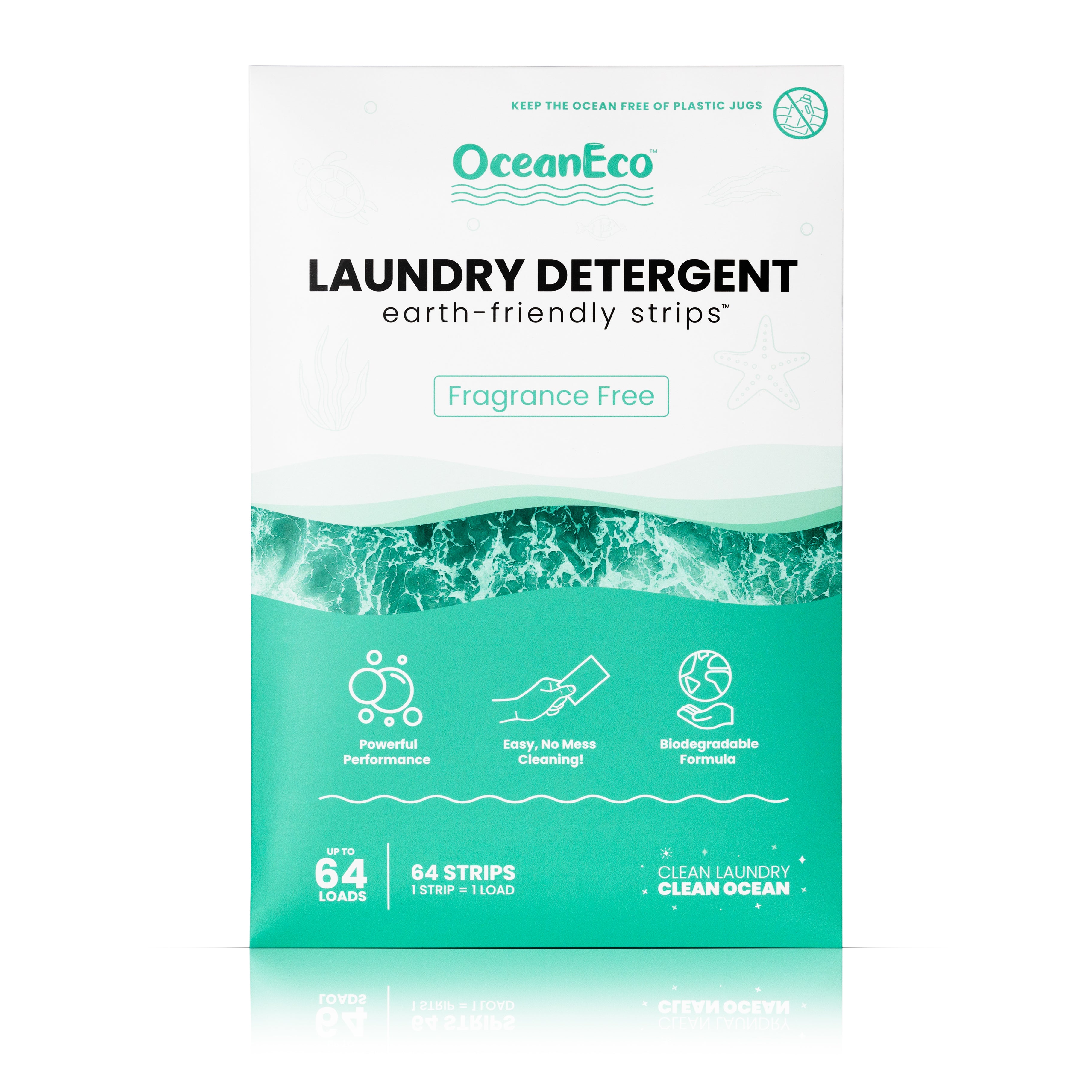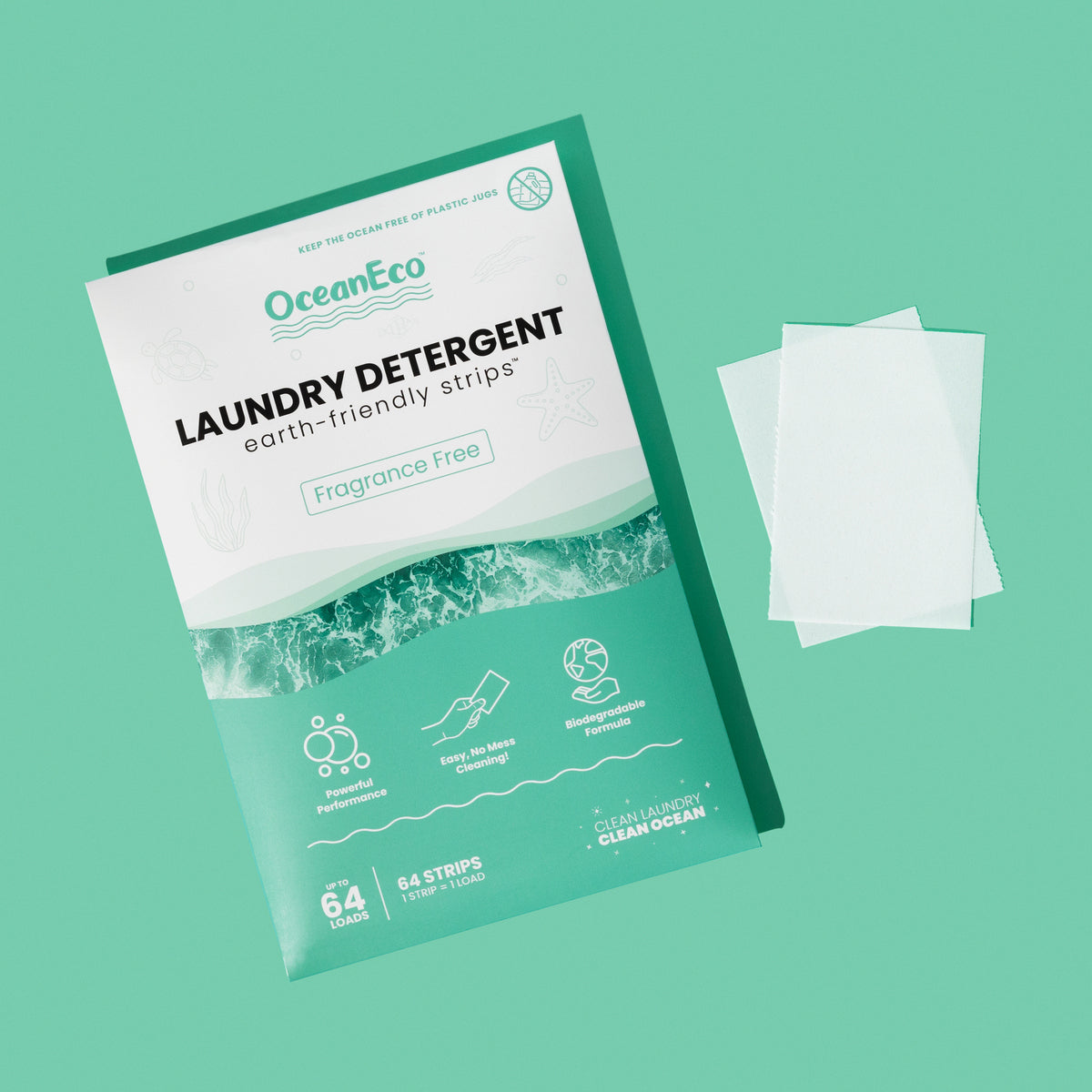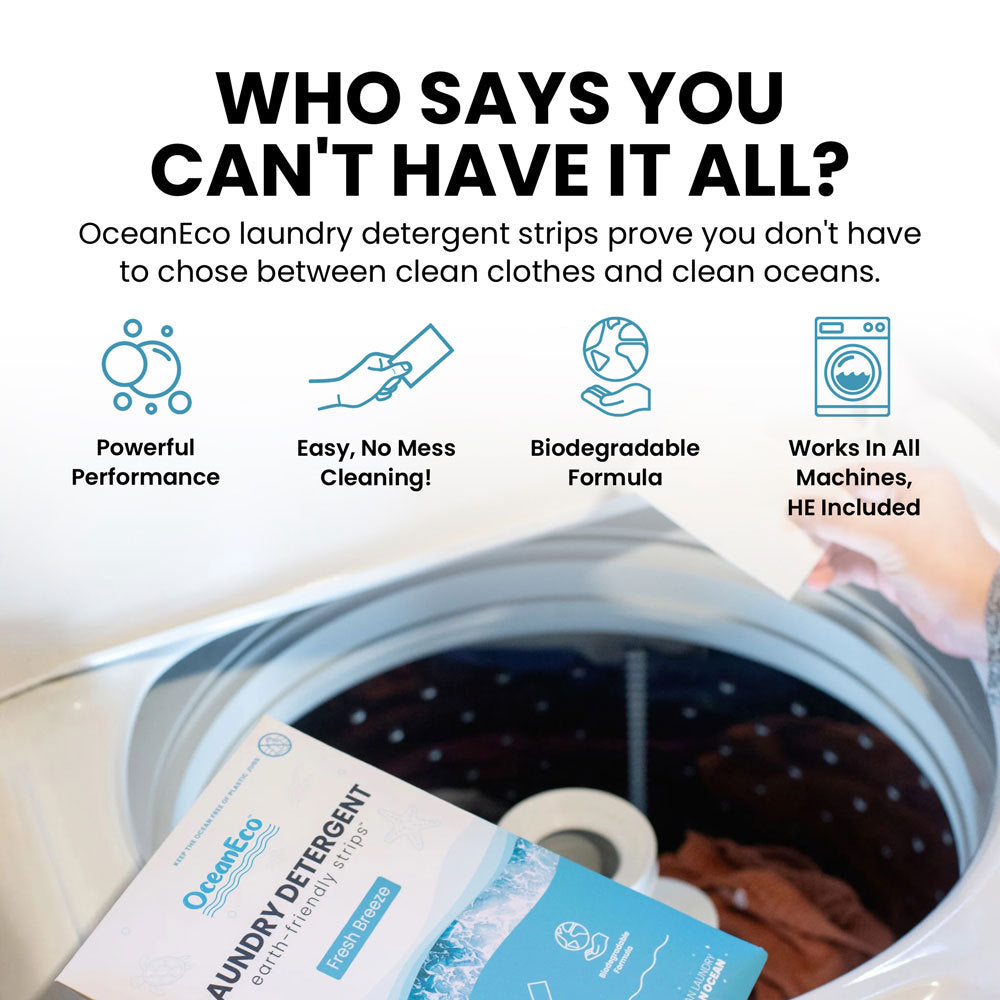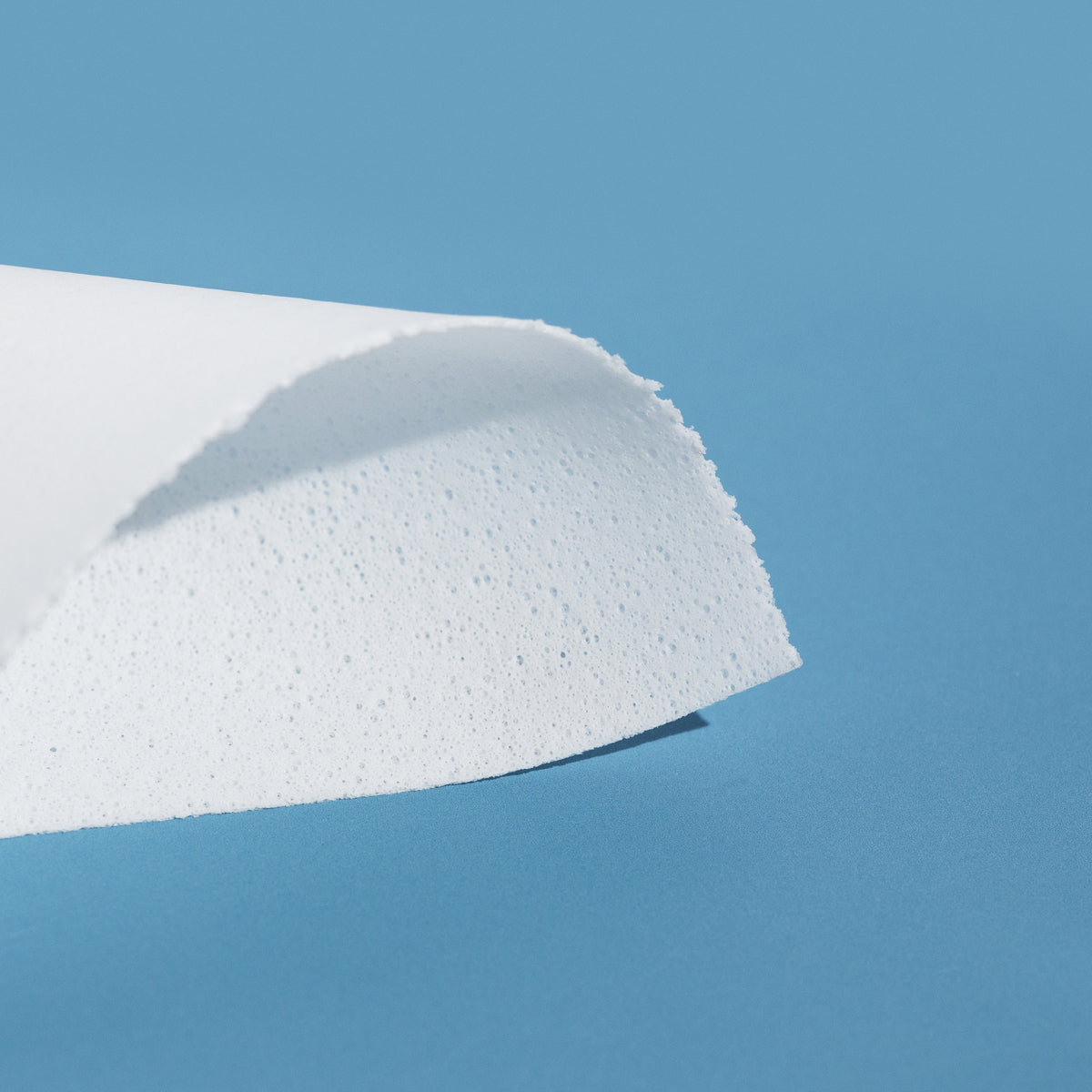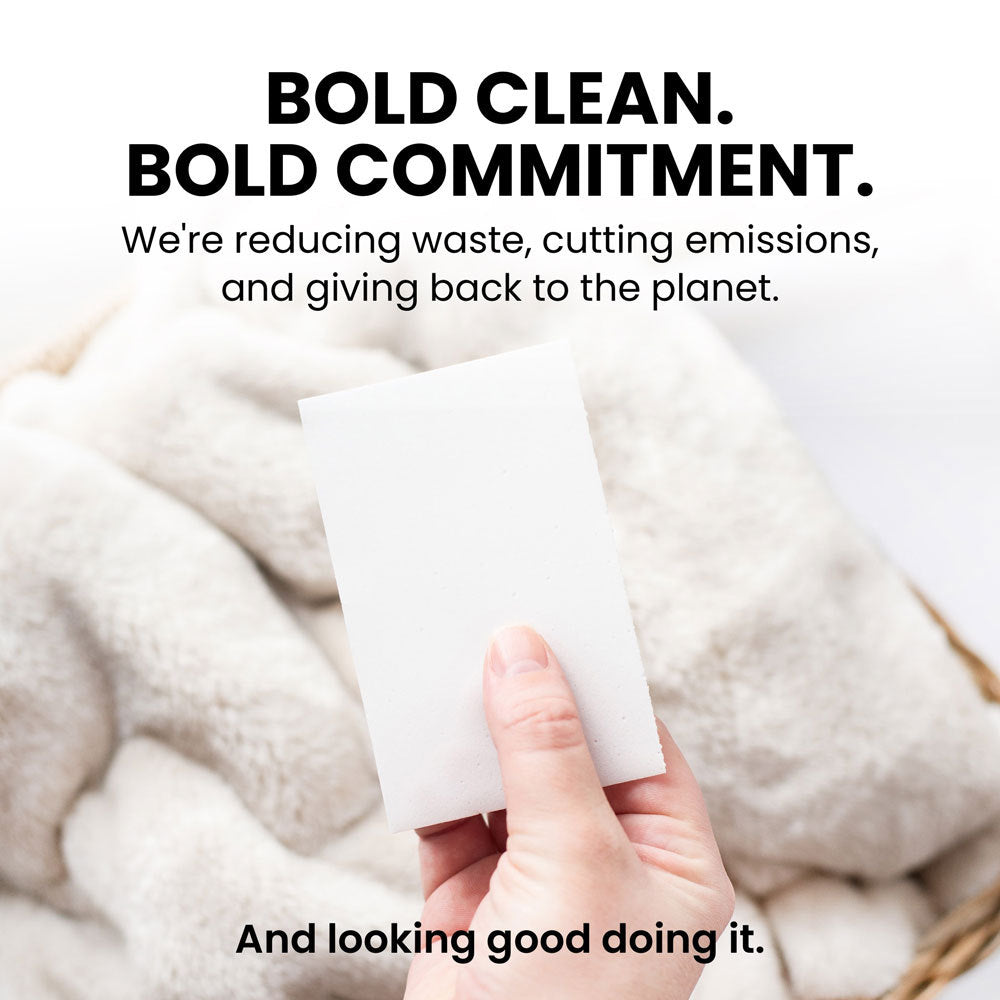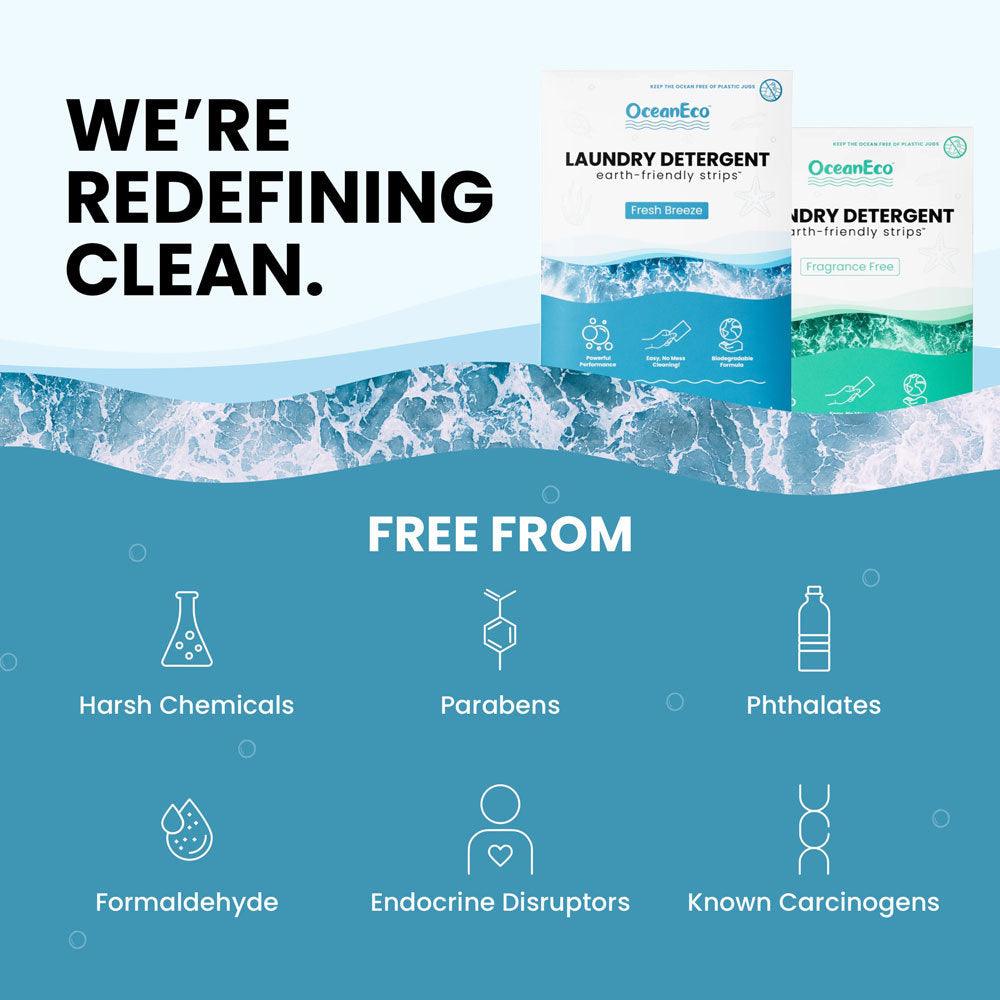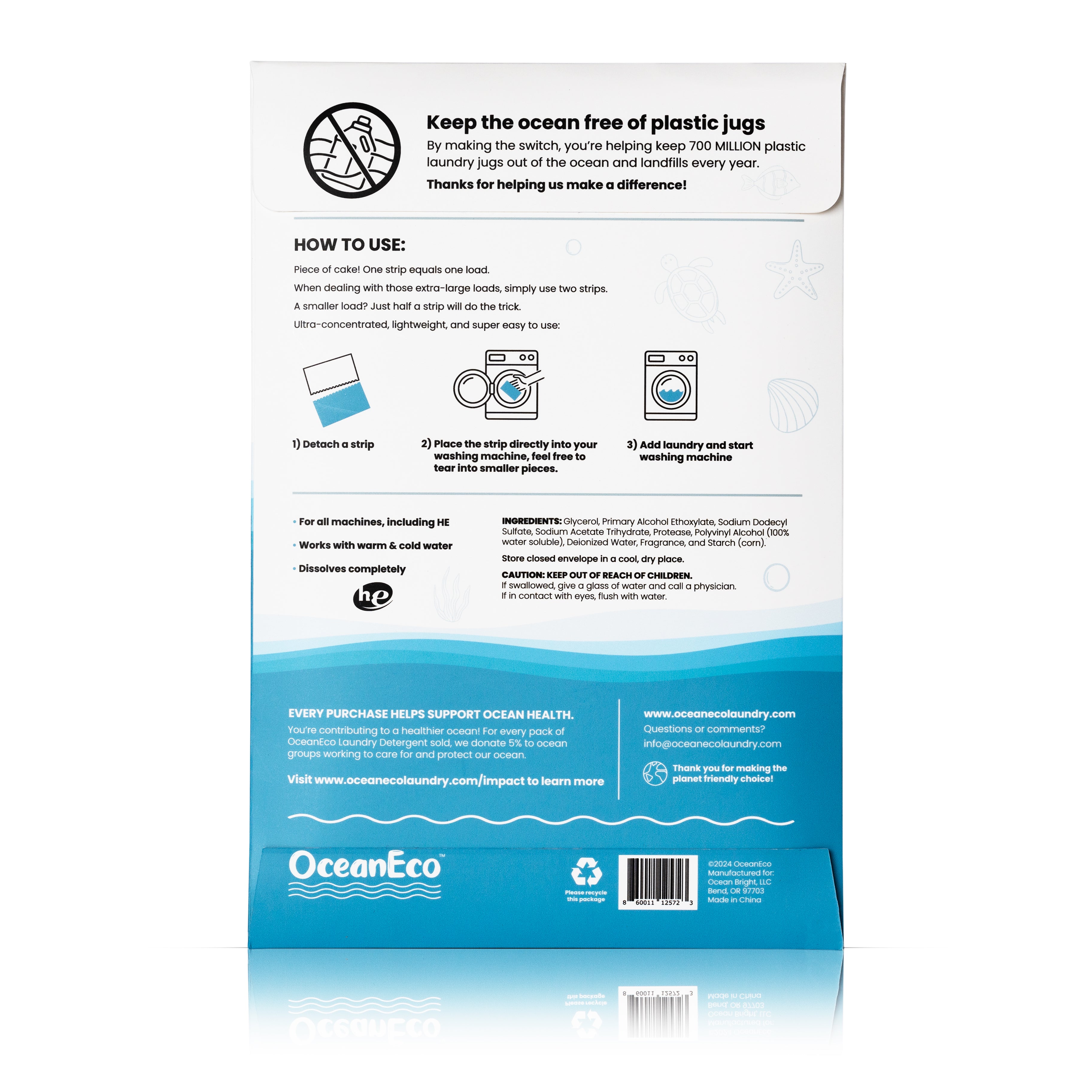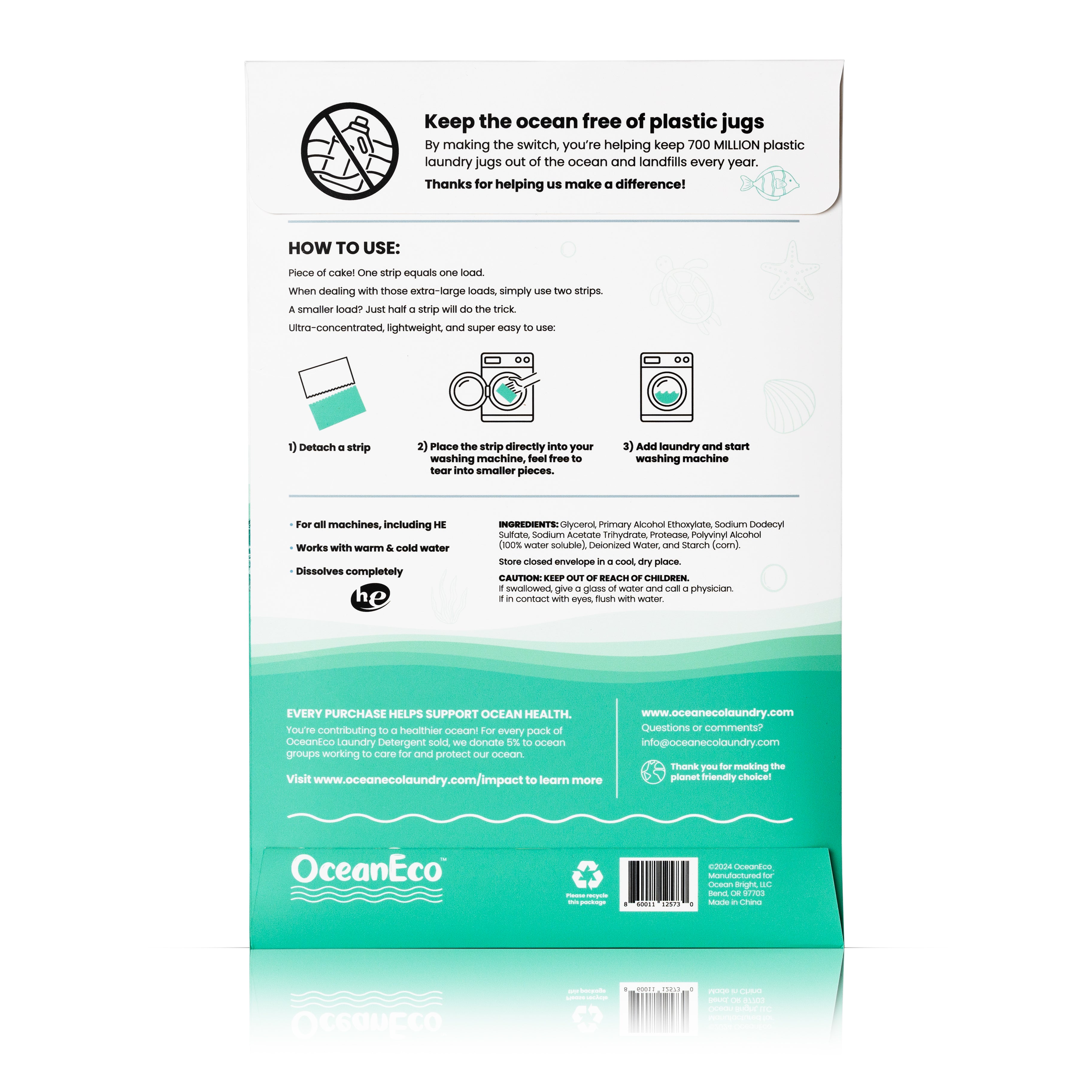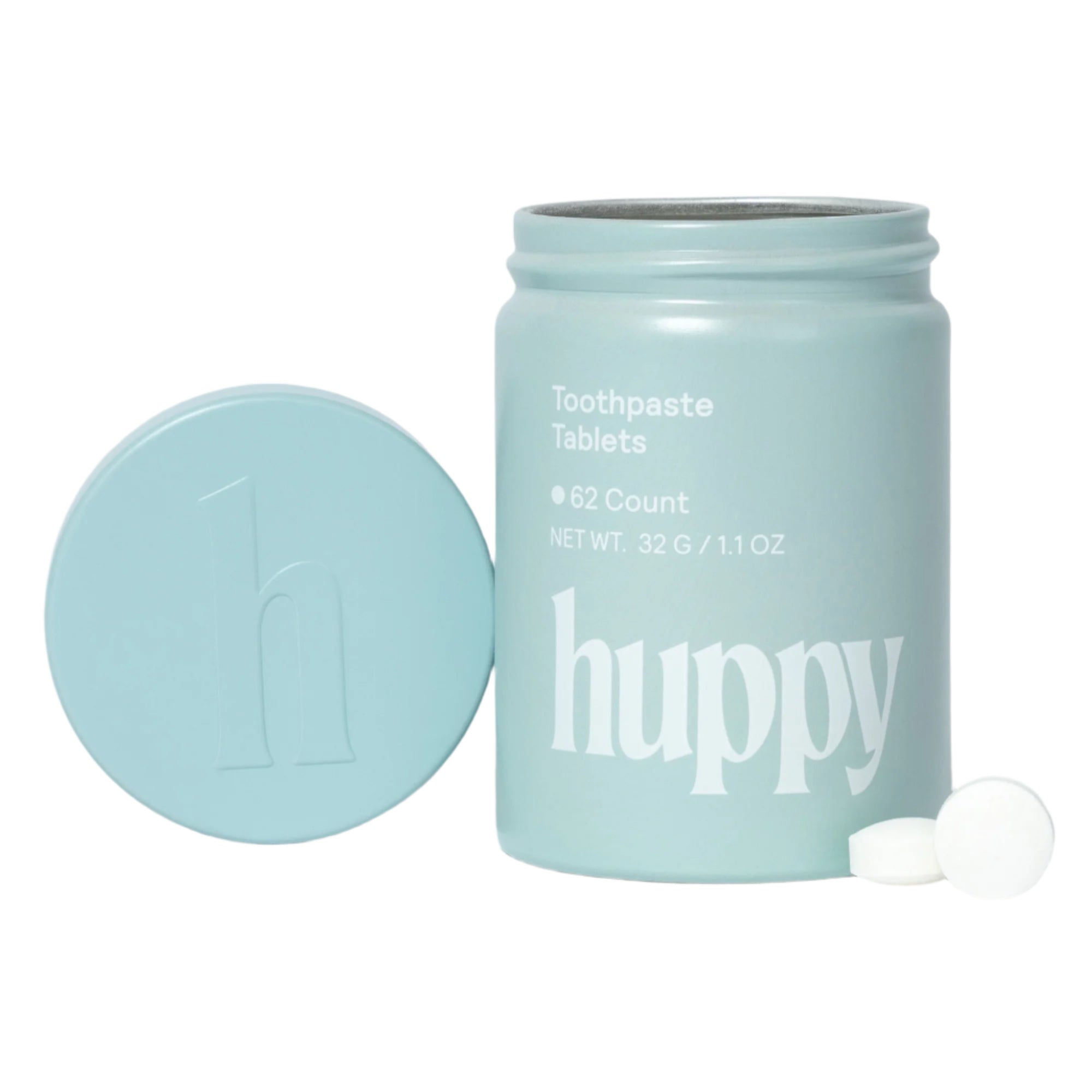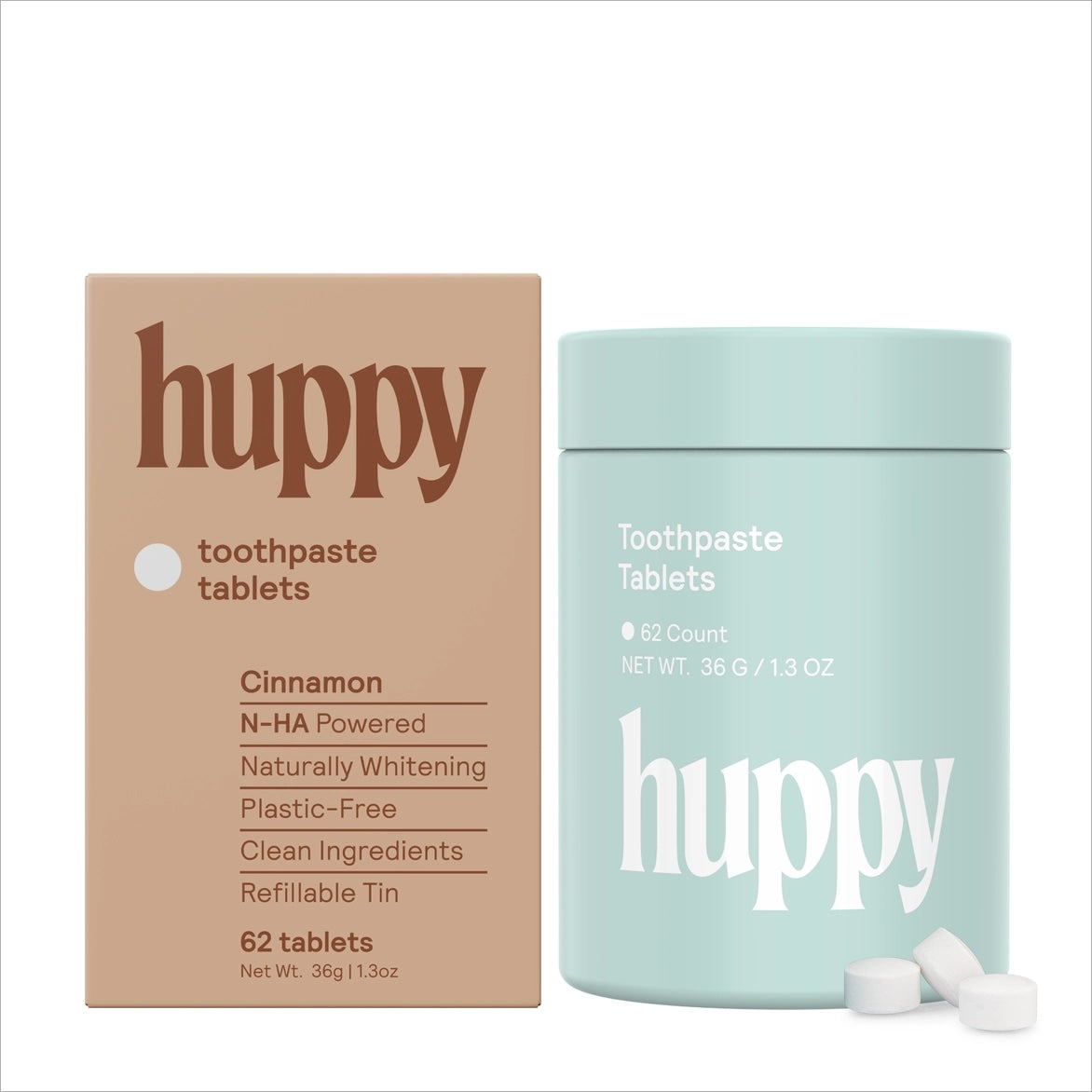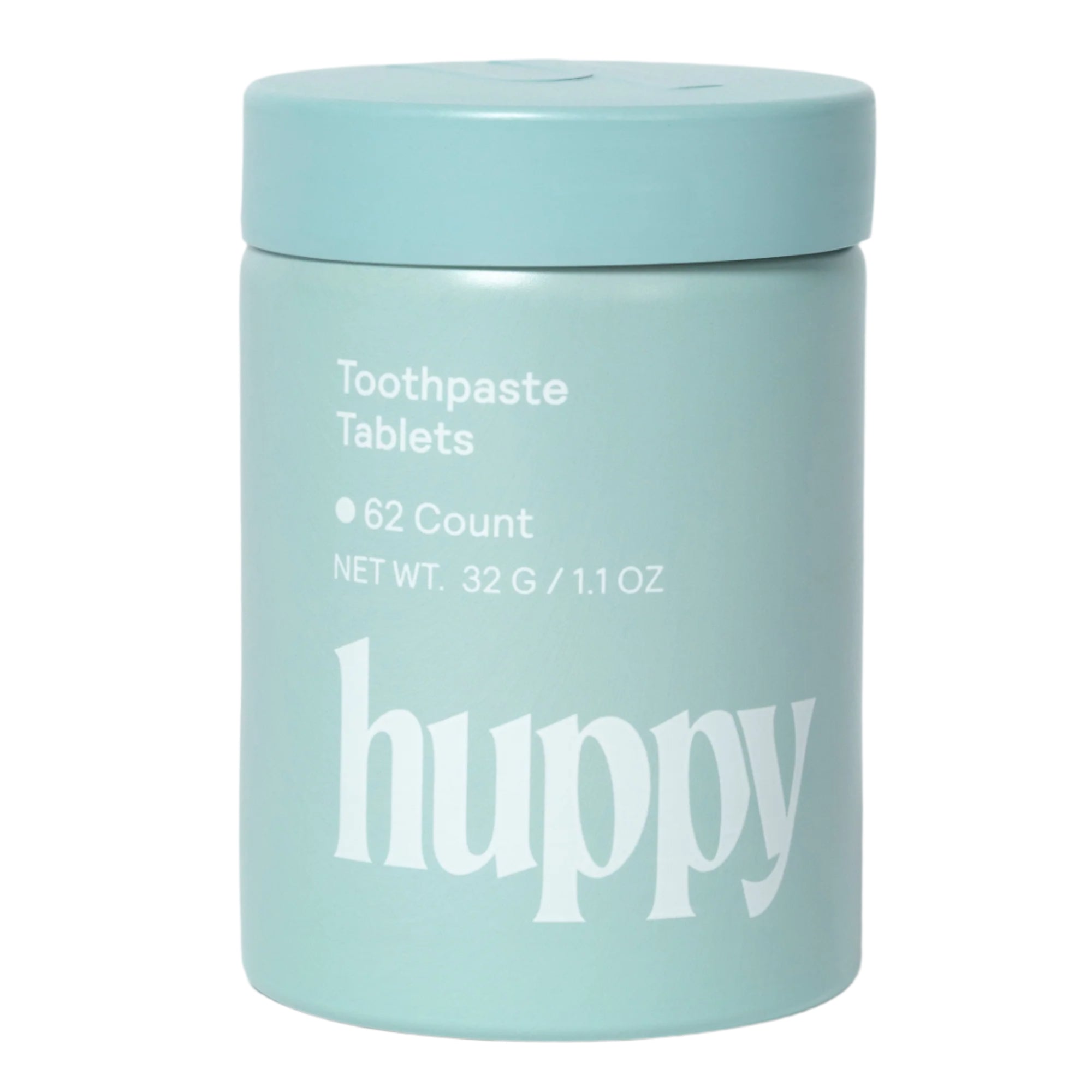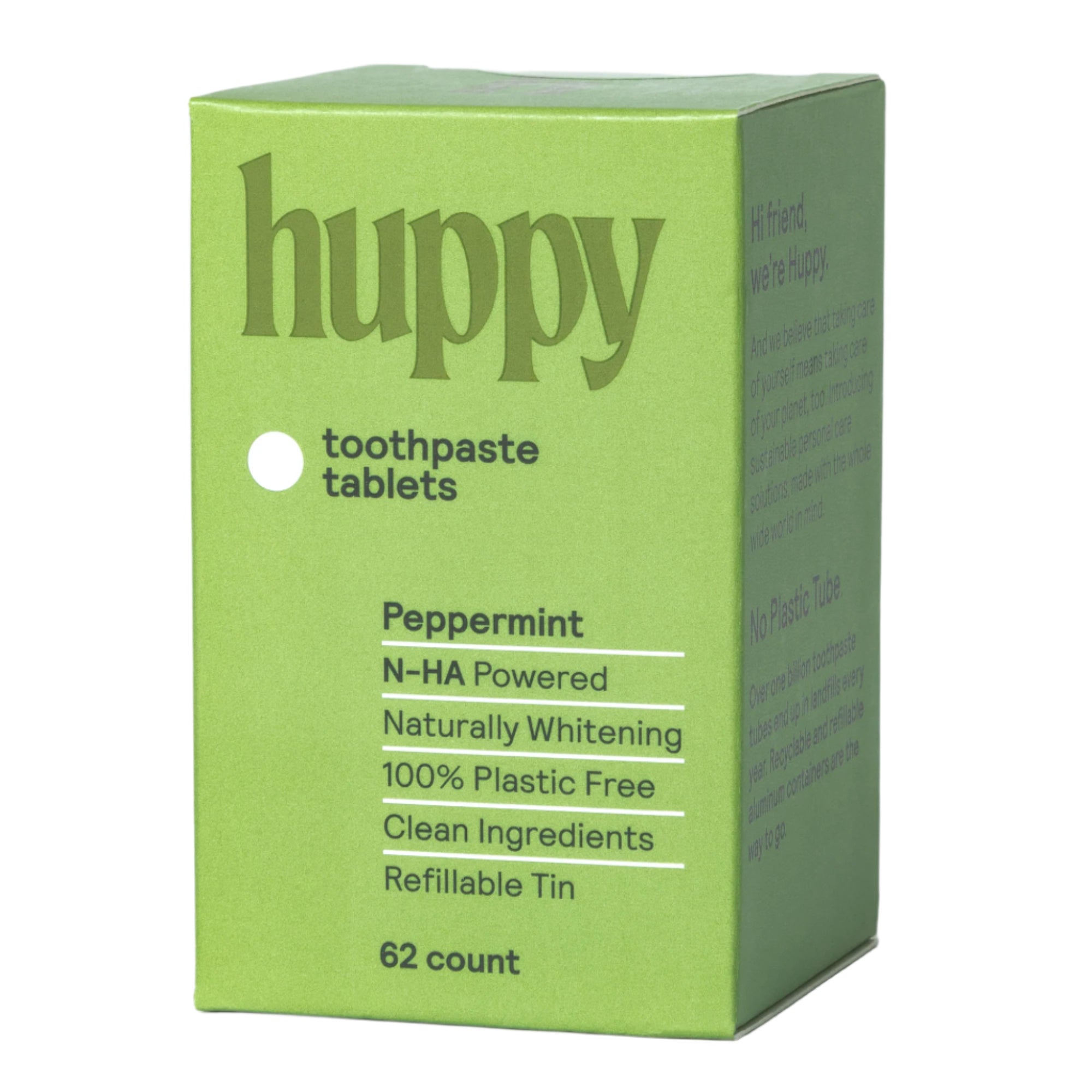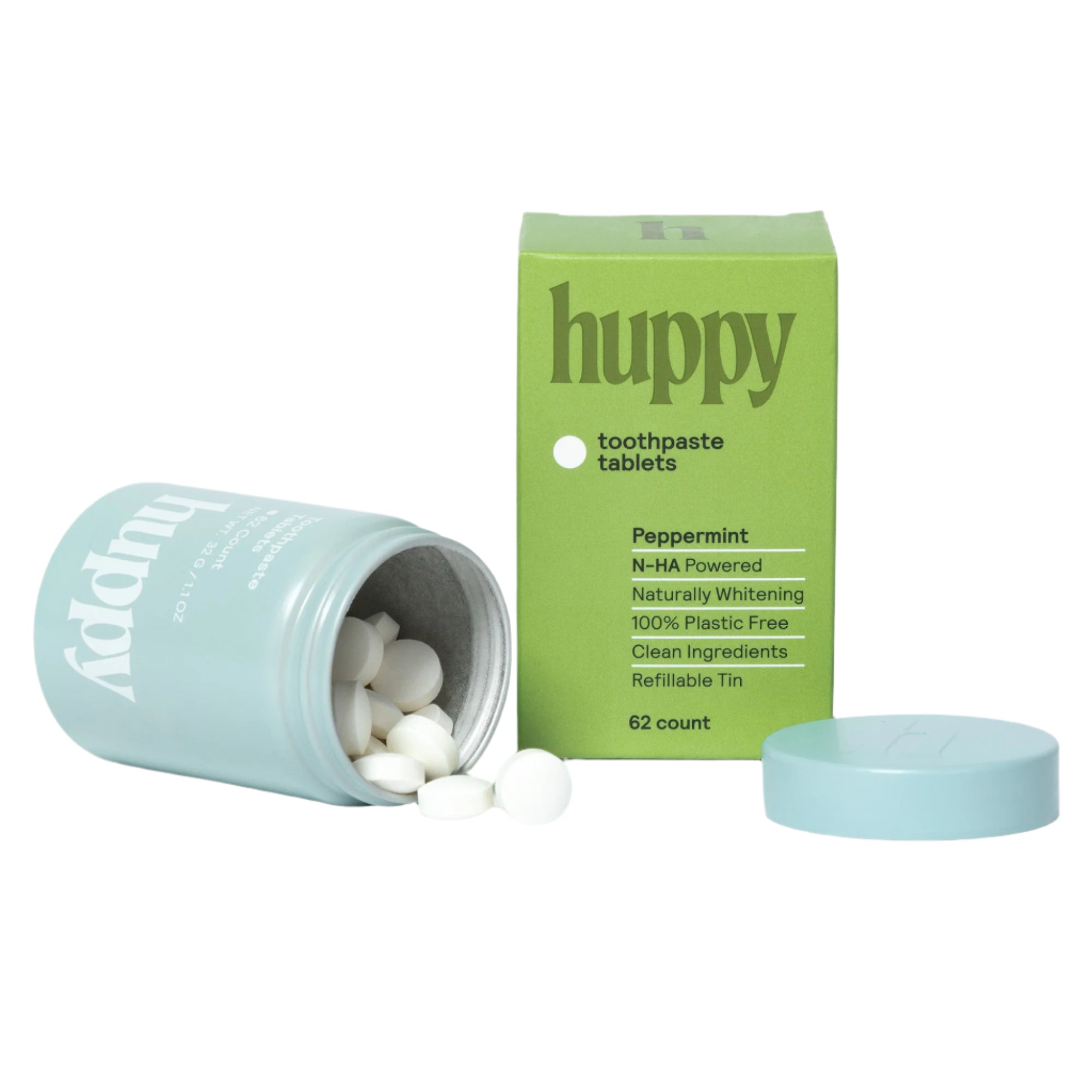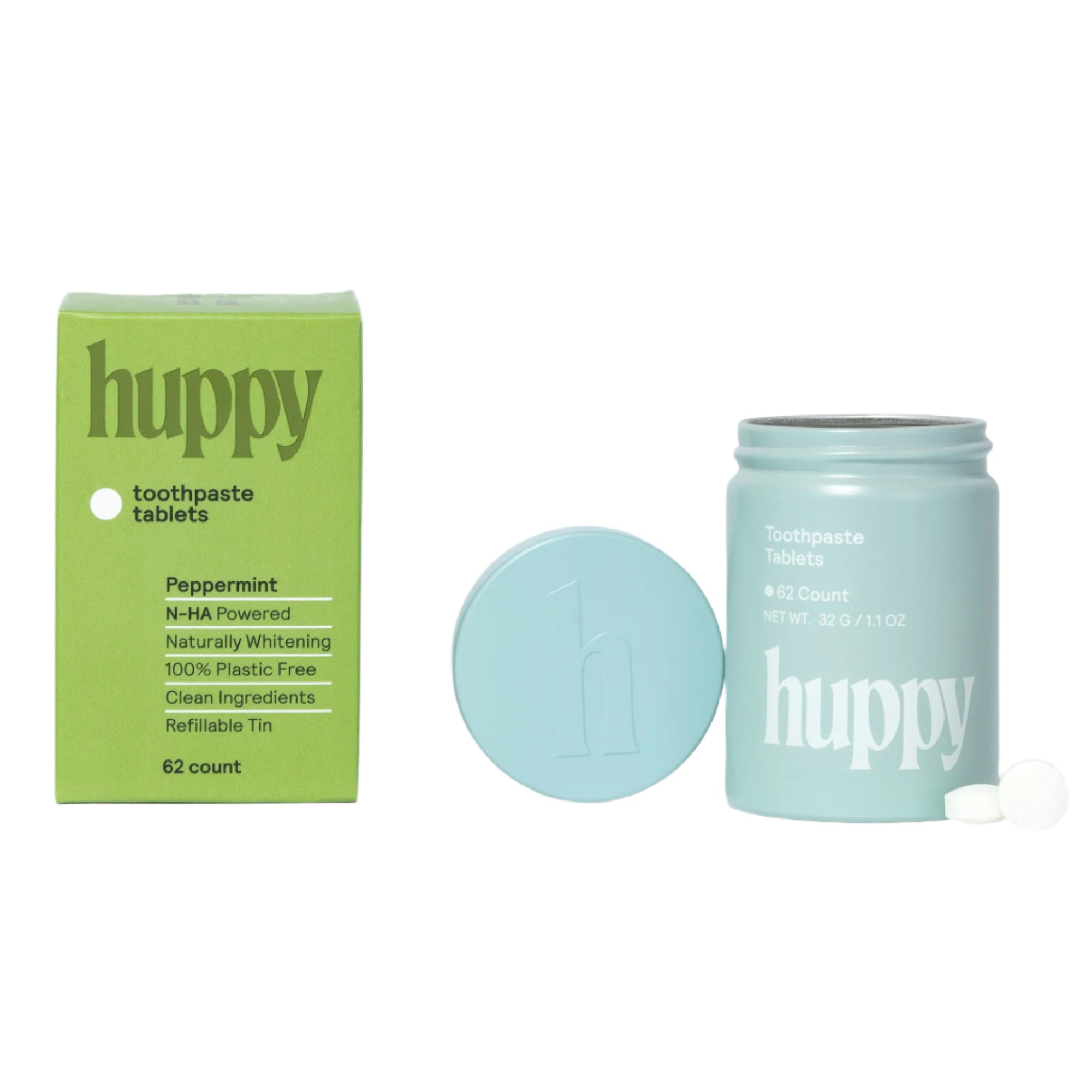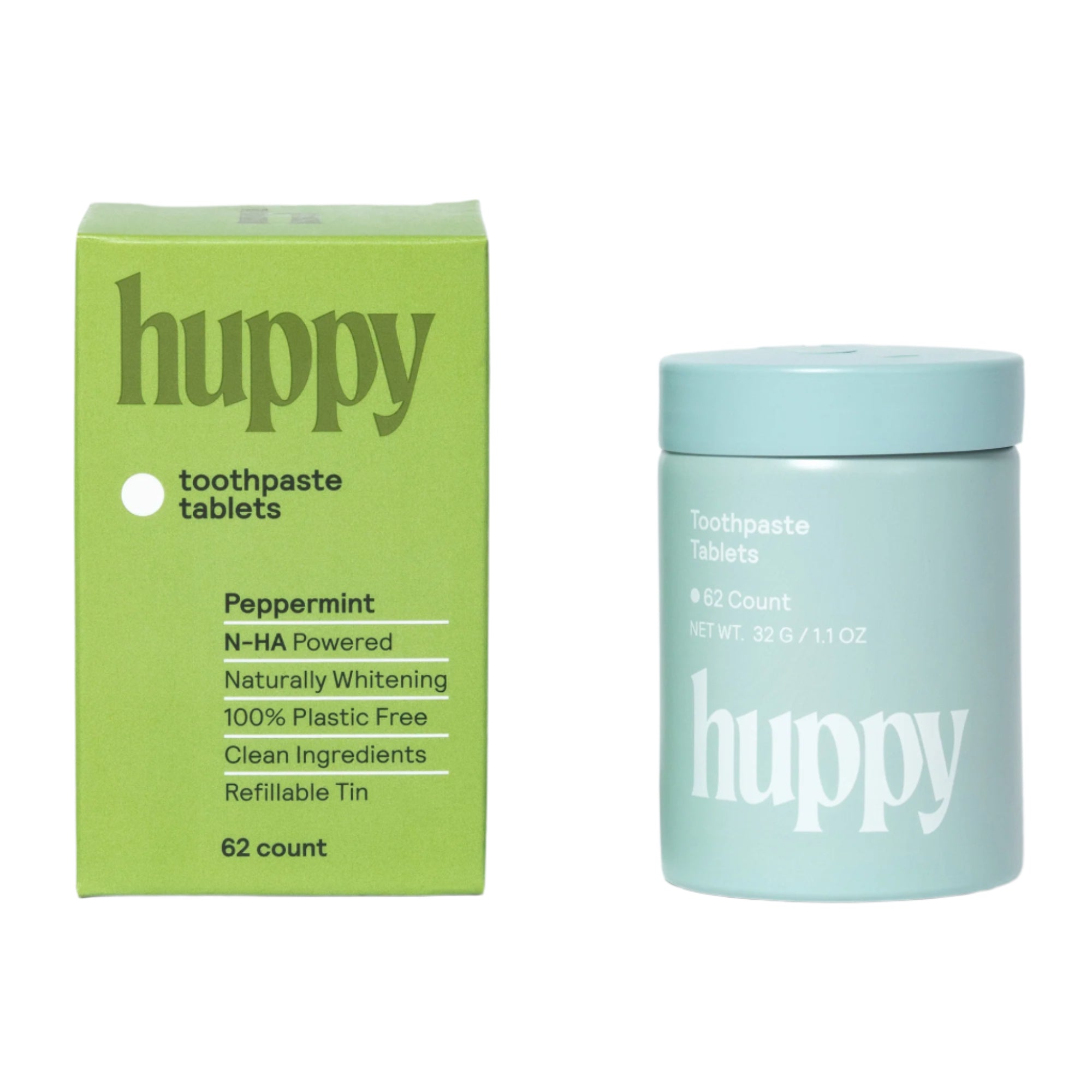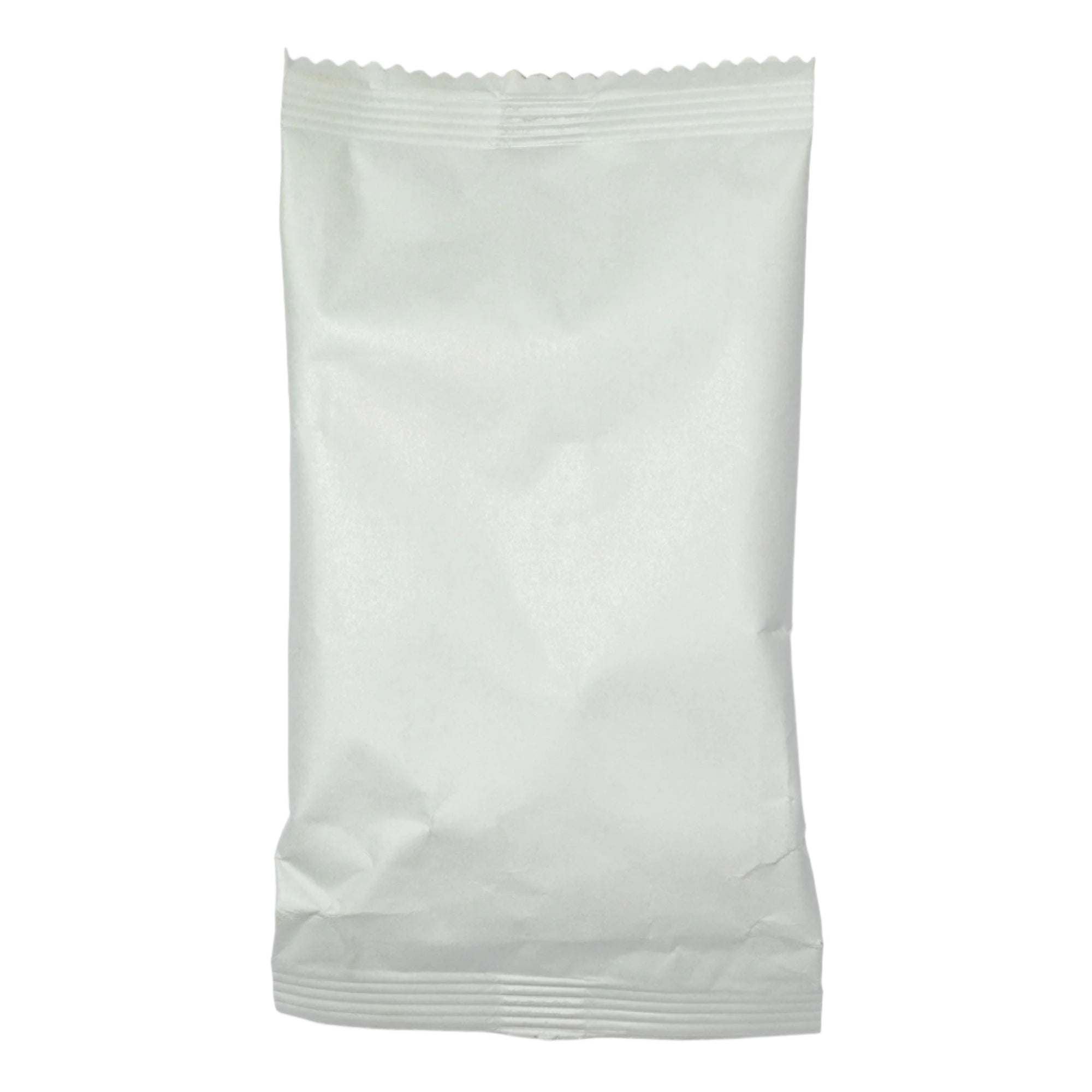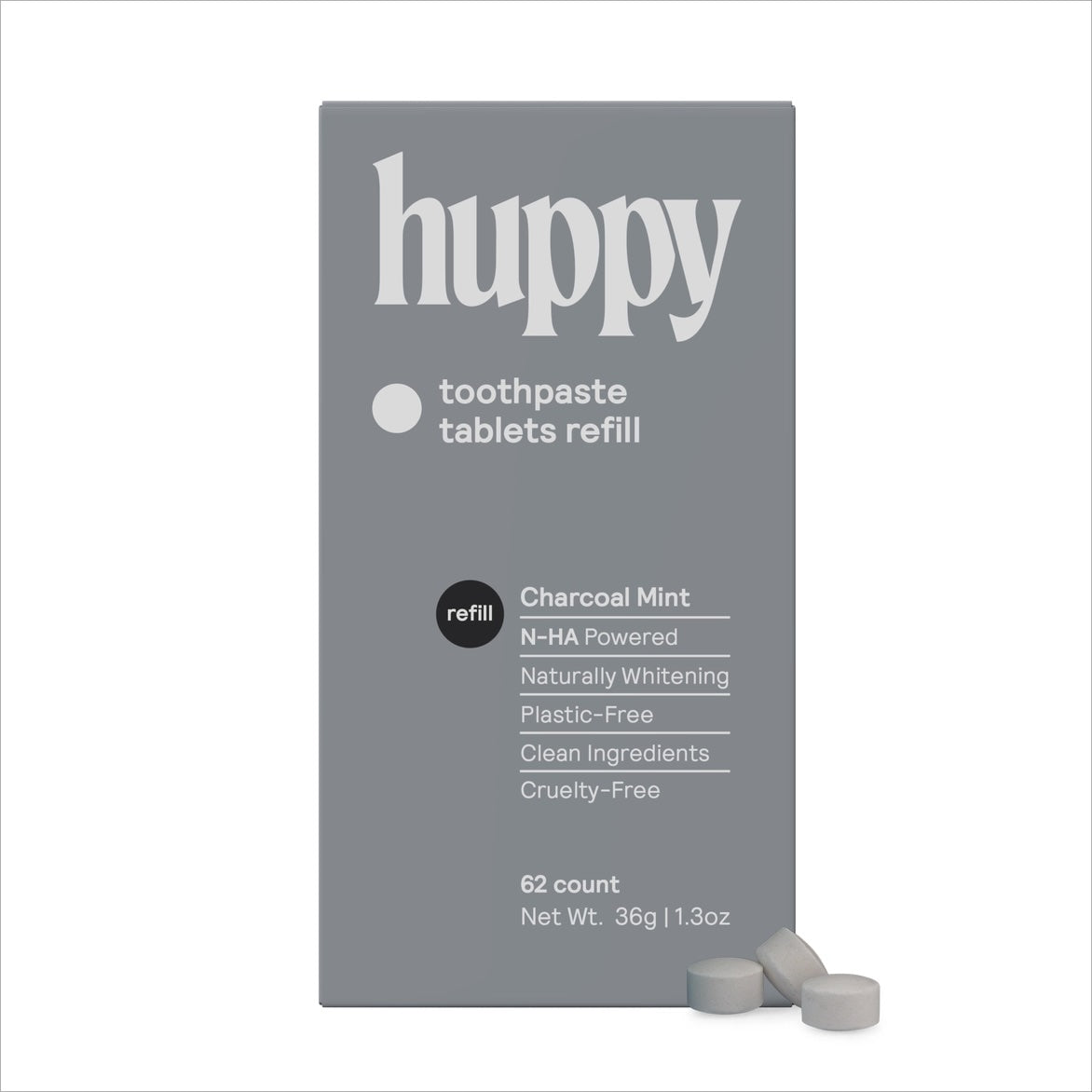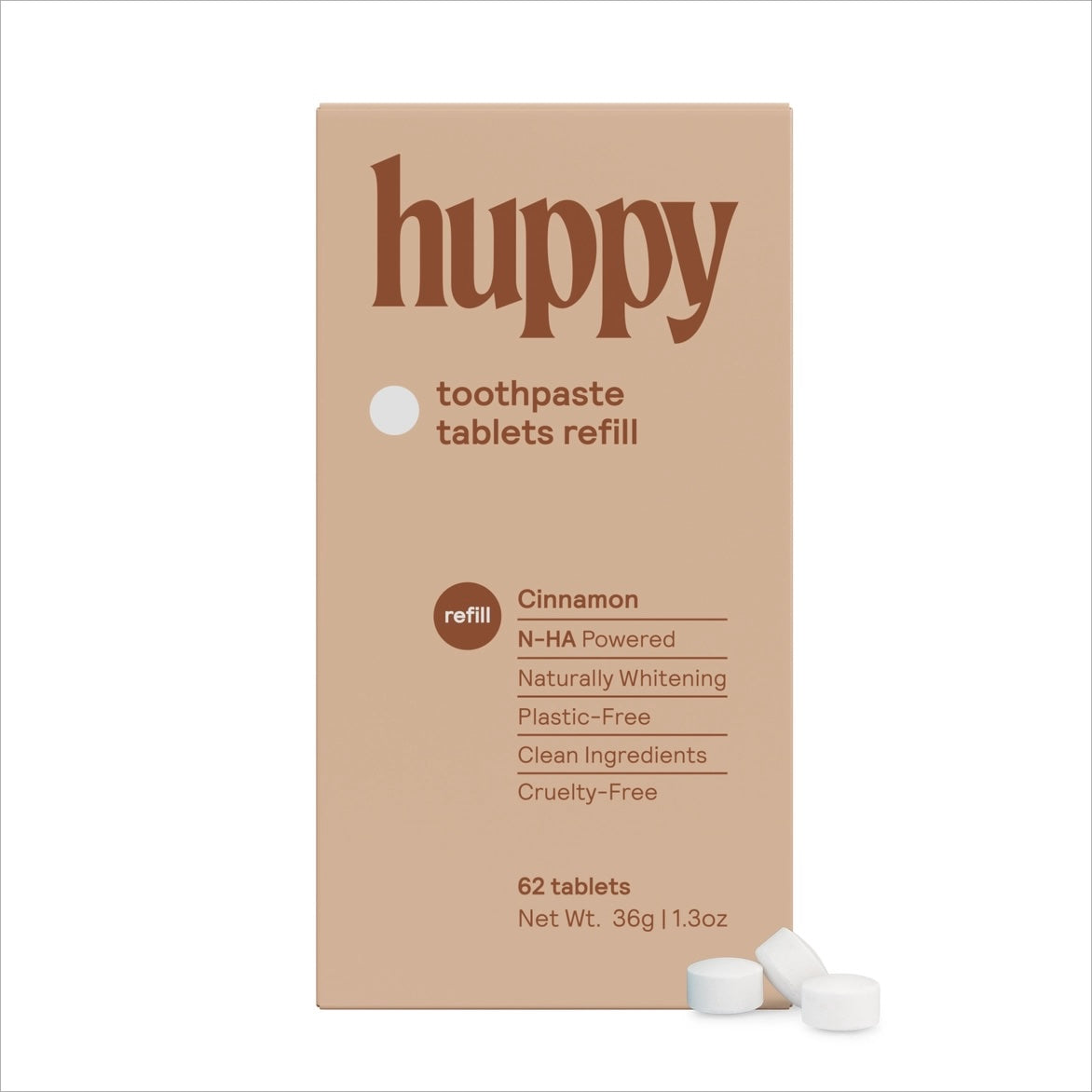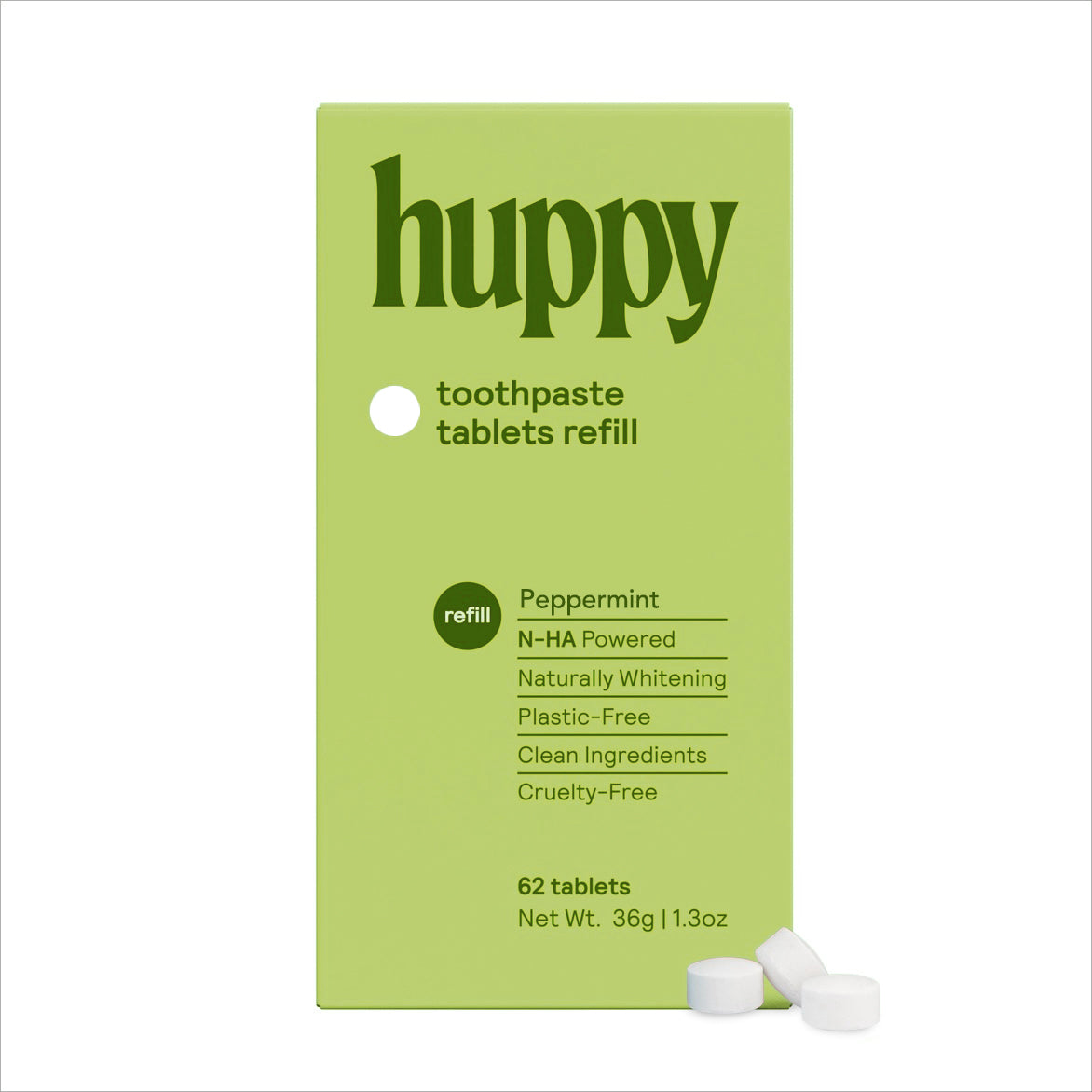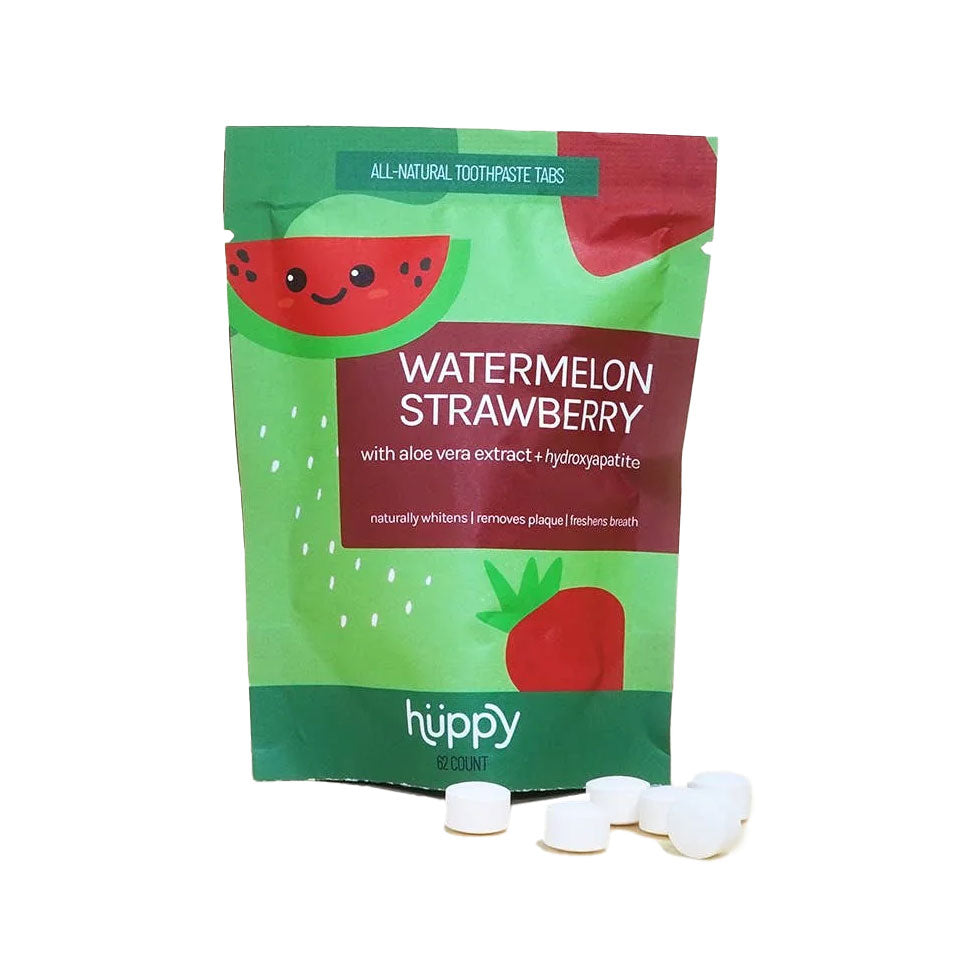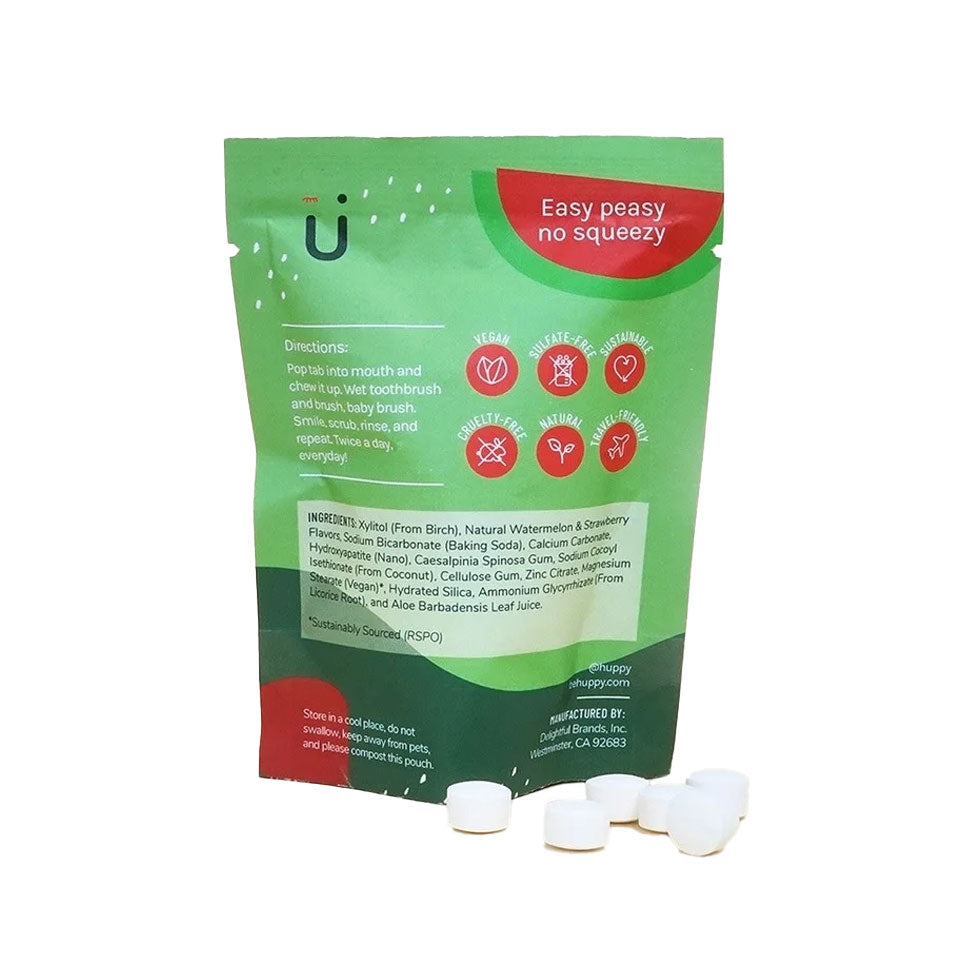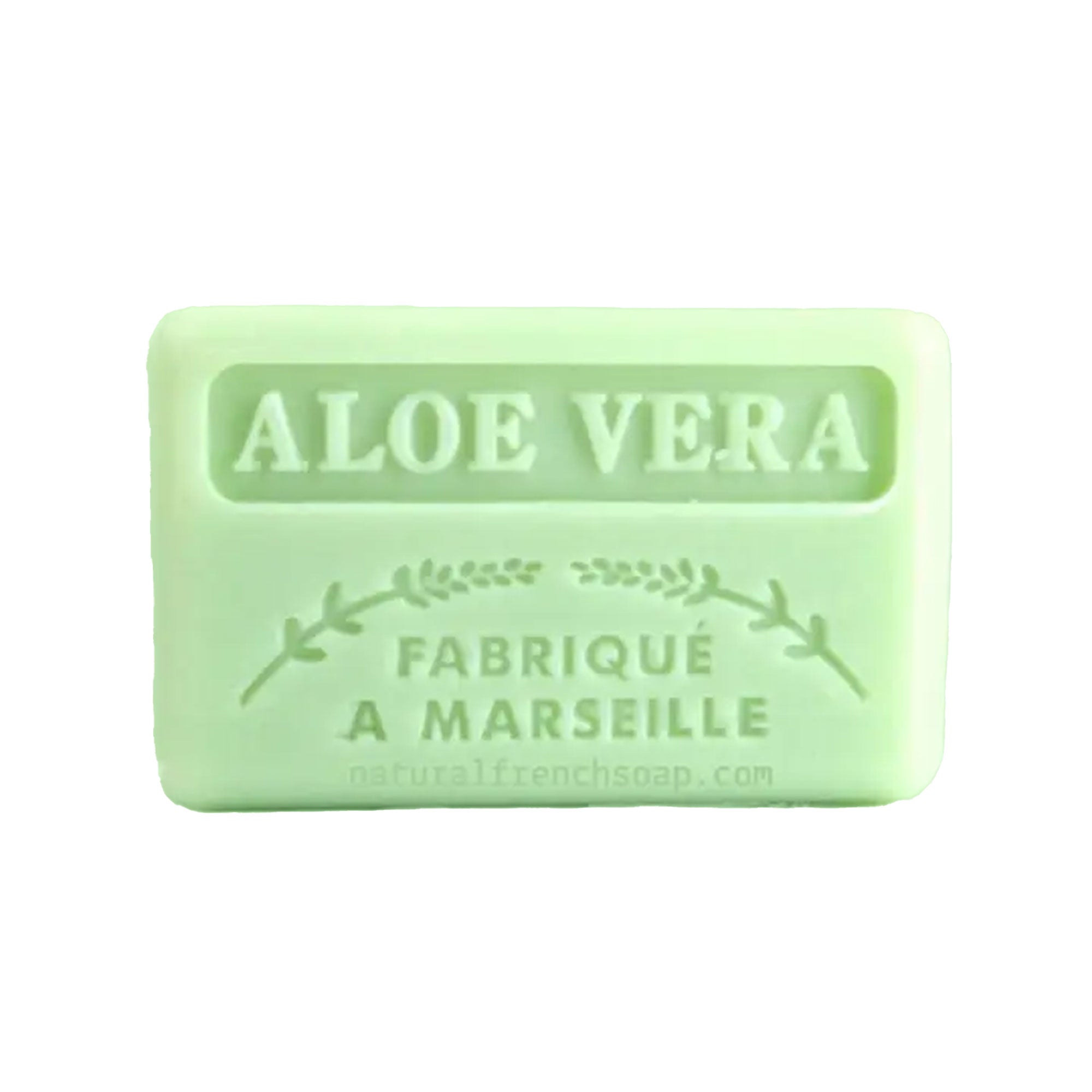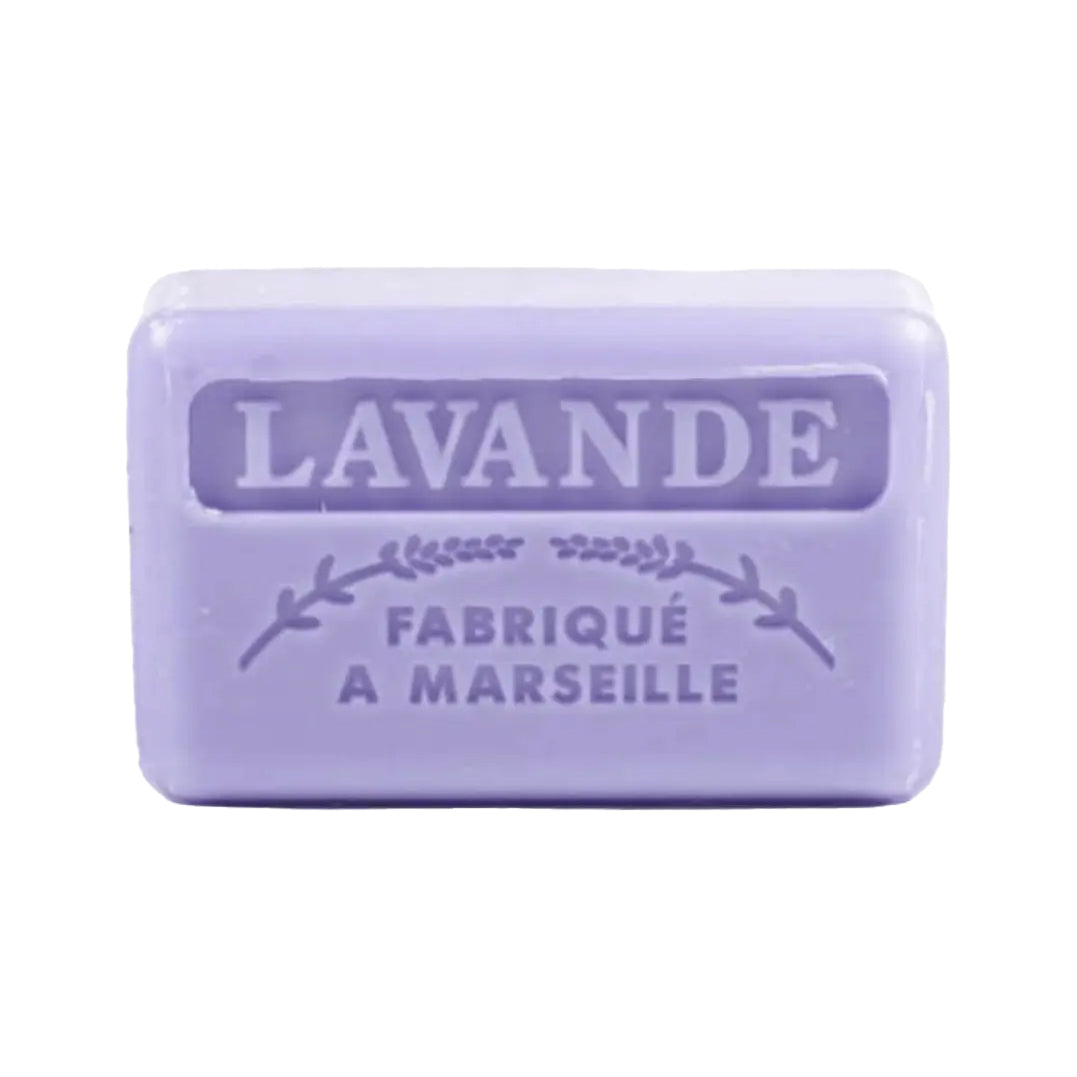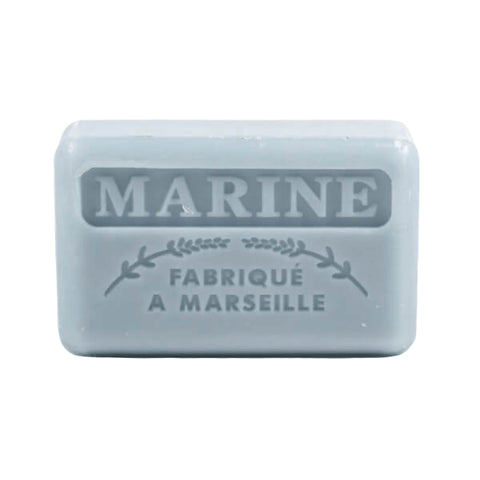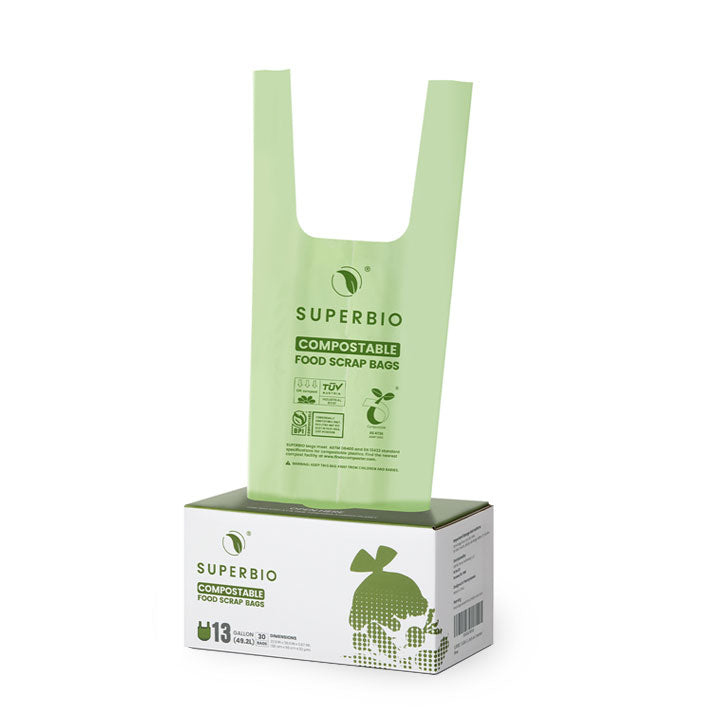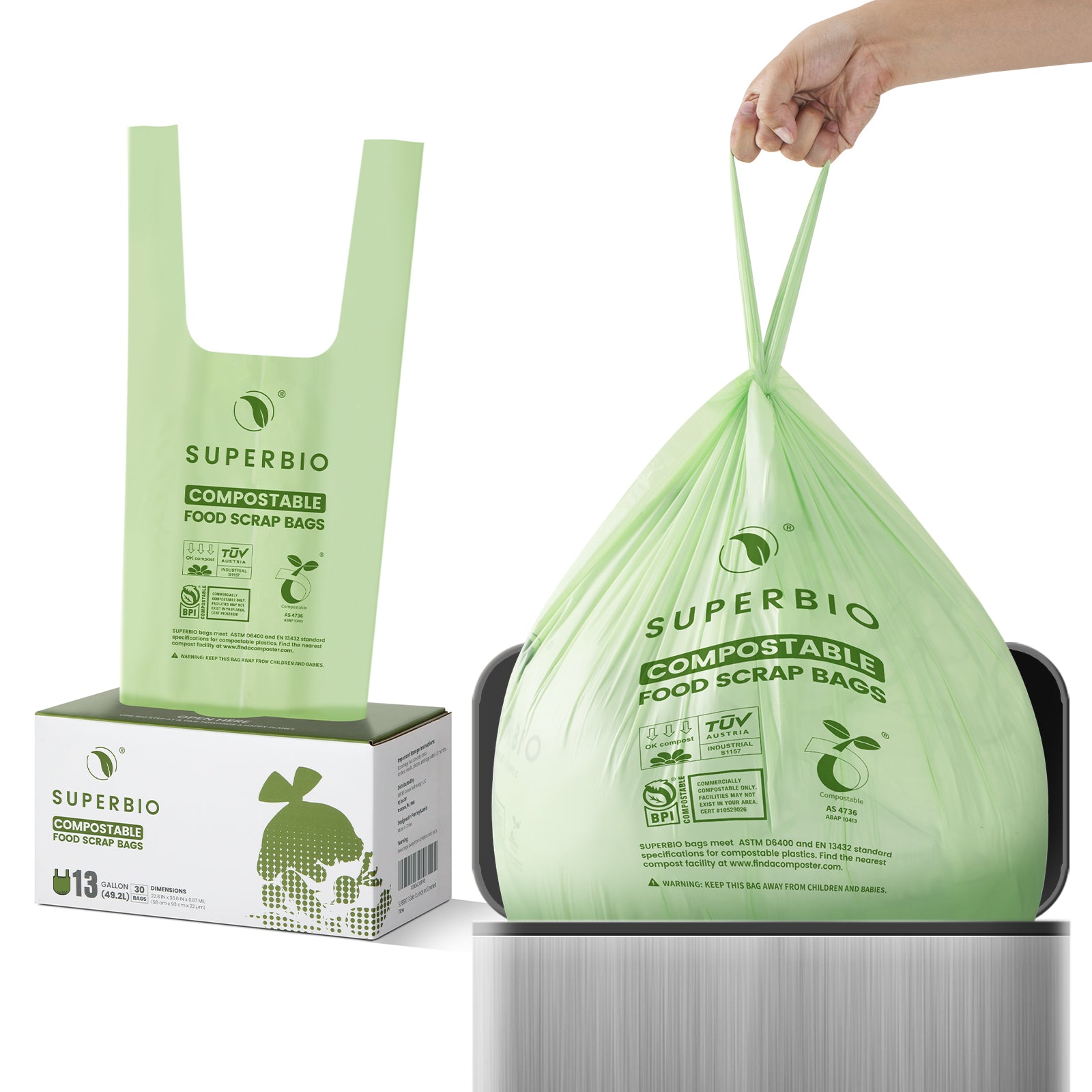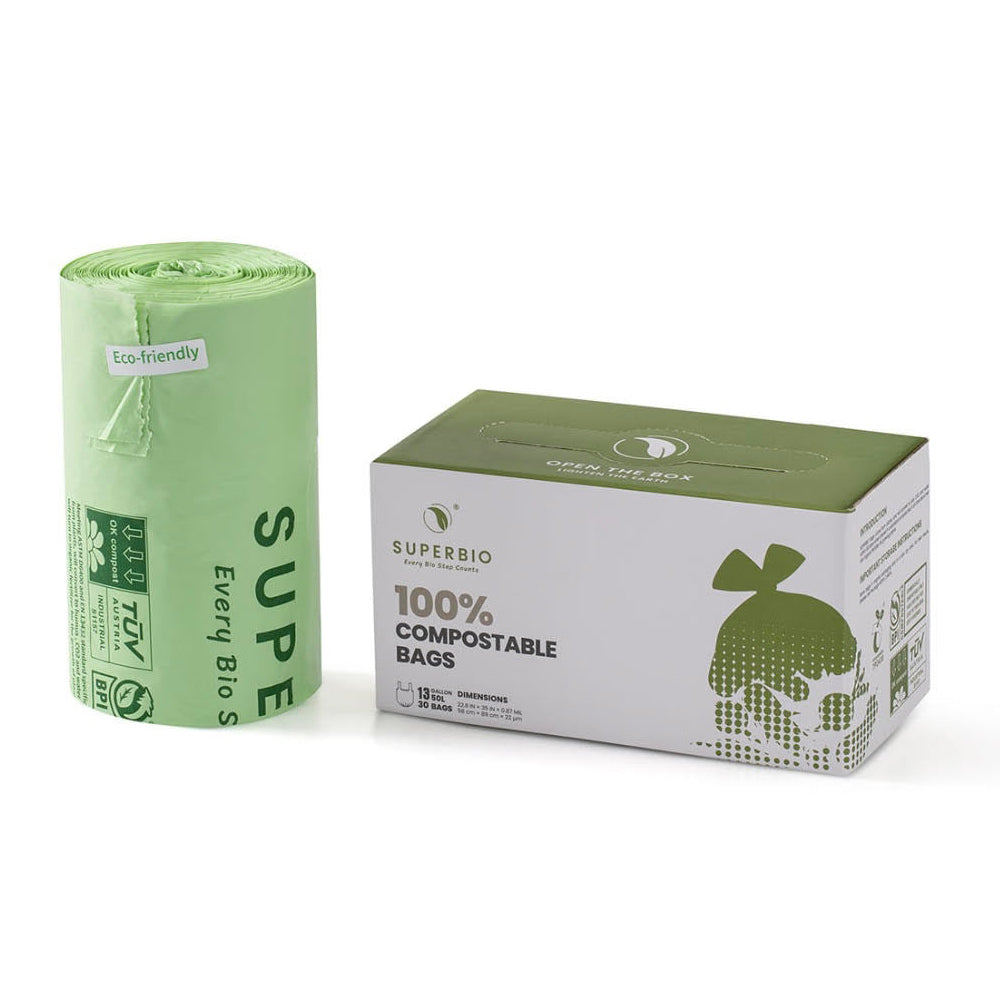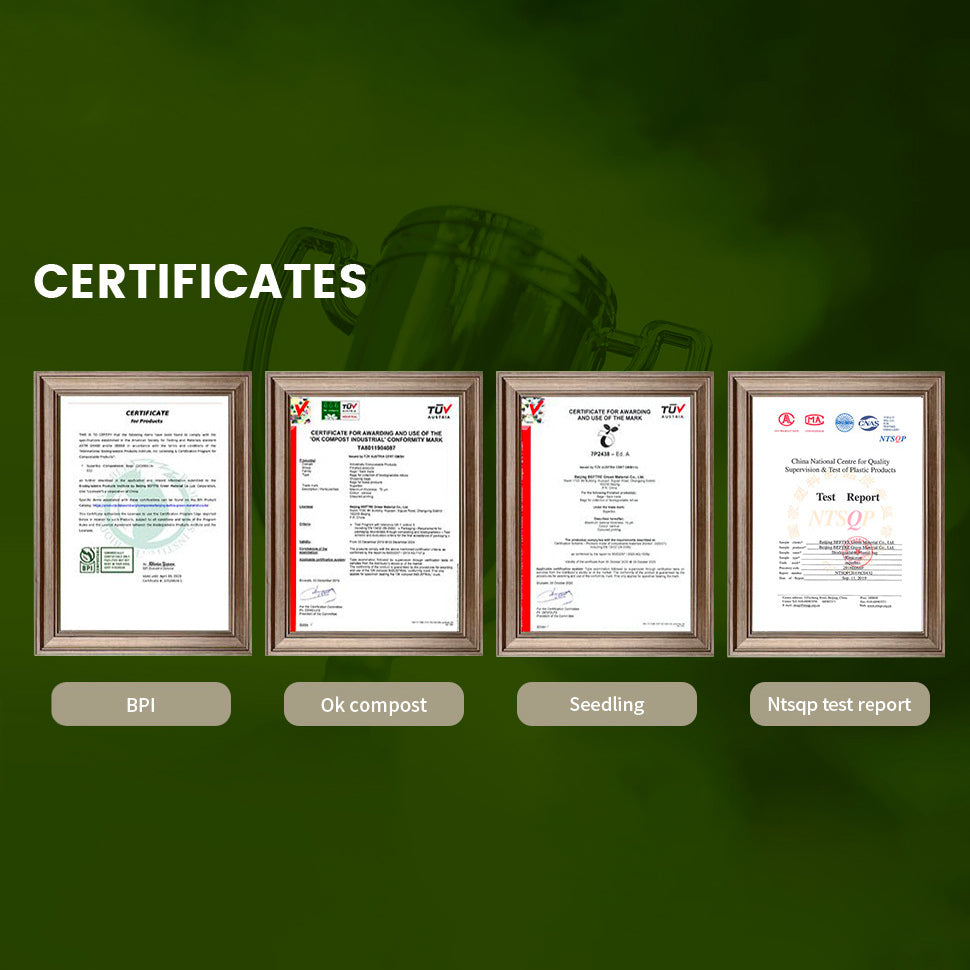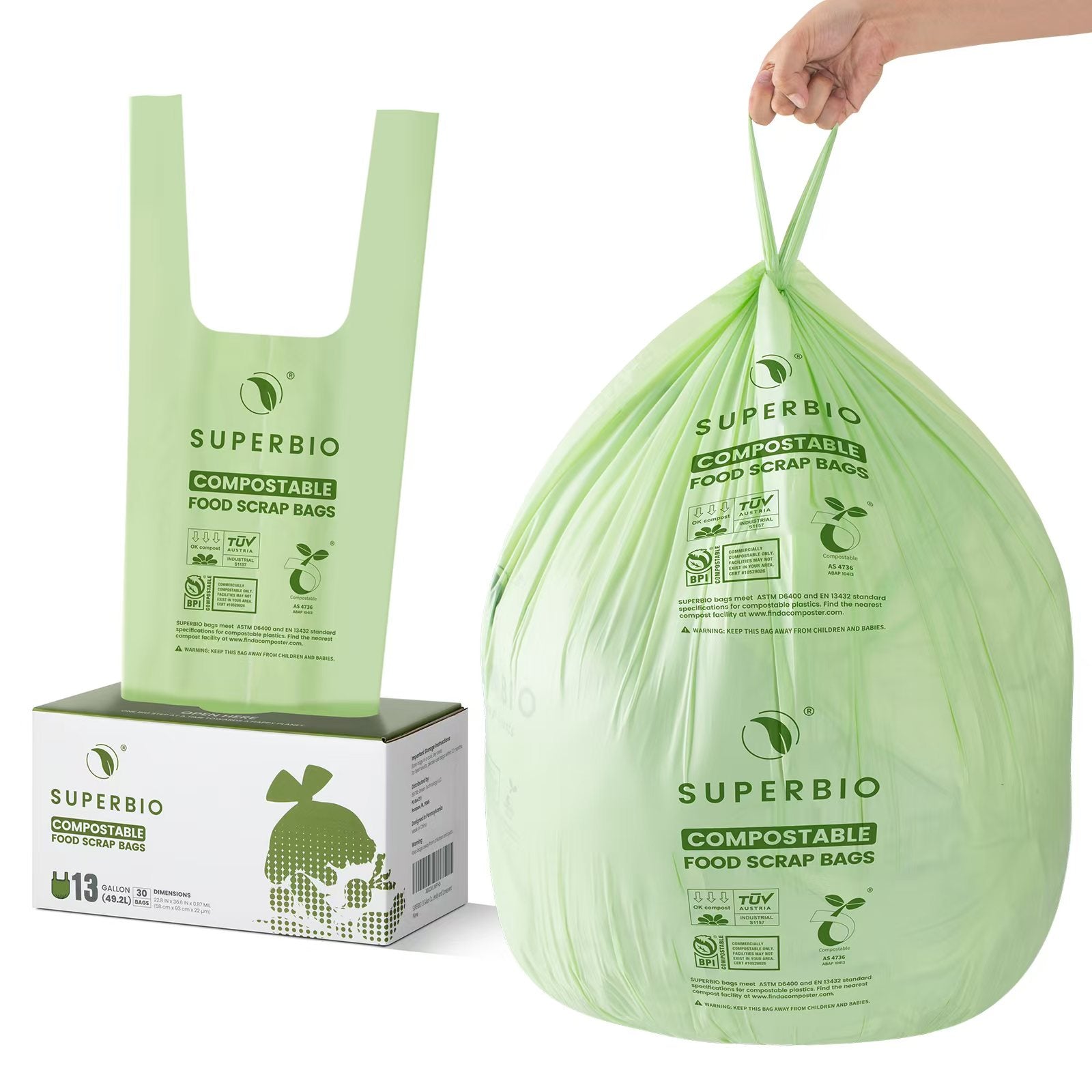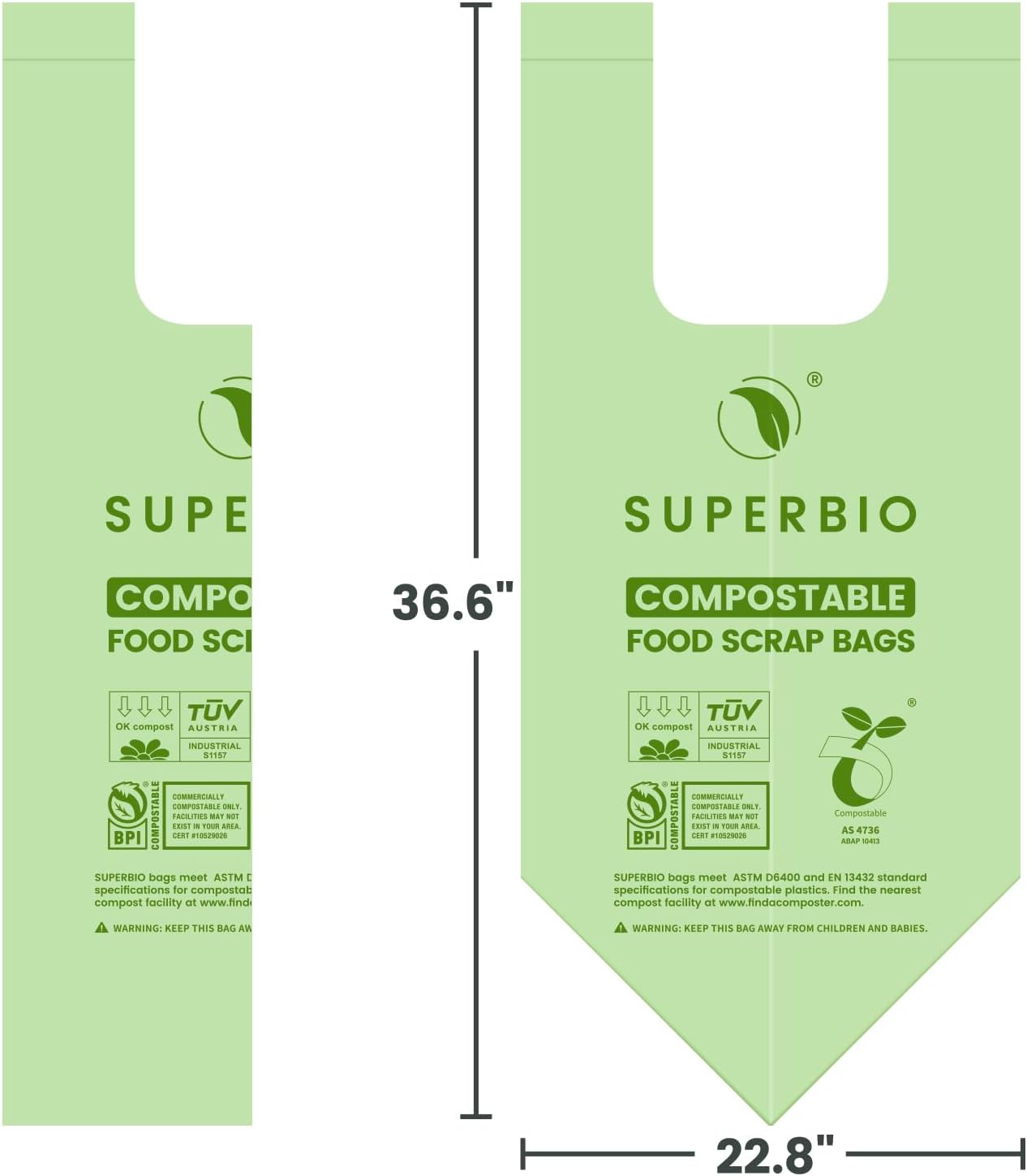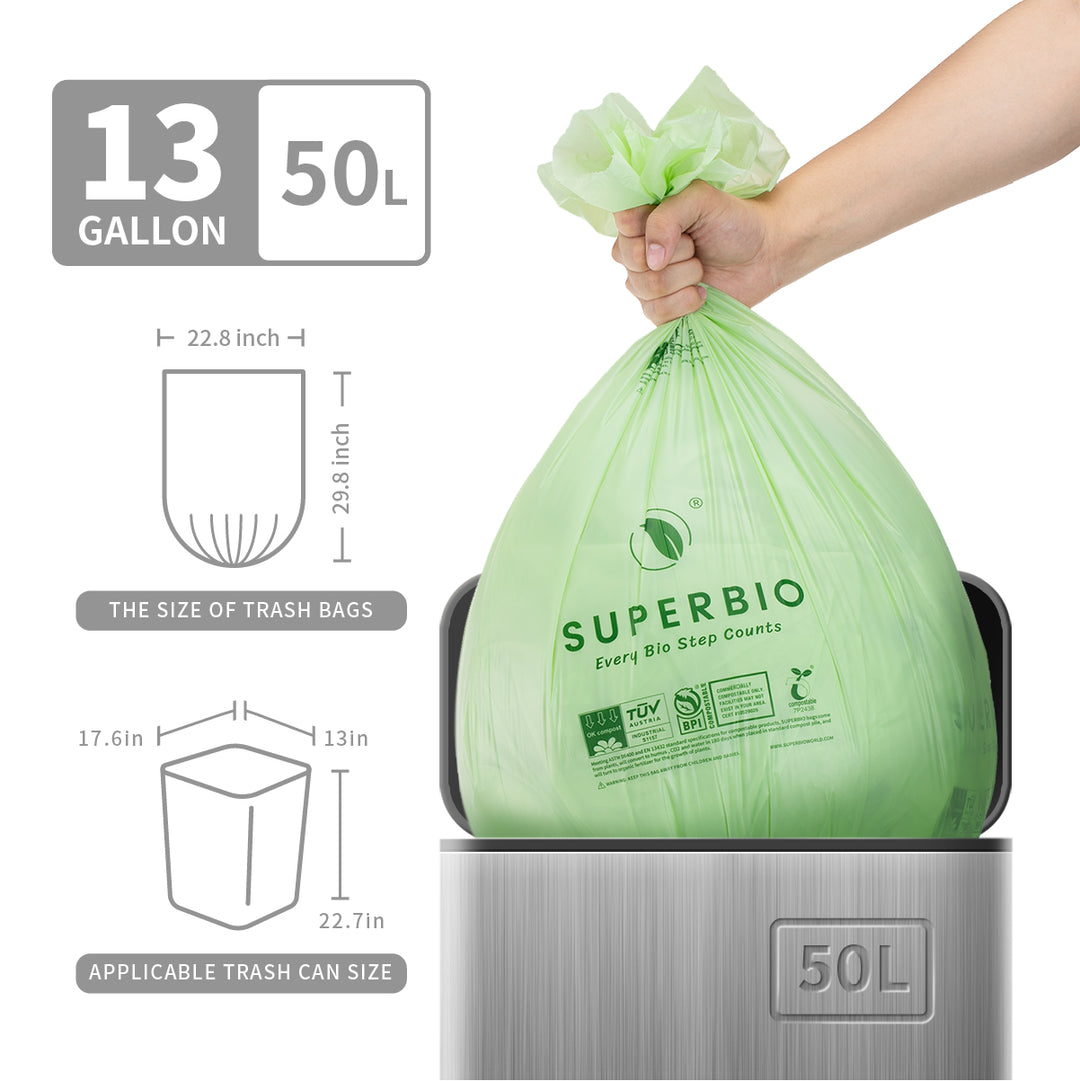How Whale Urine Moves Life-Saving Nutrients Thousands of Miles Across Oceans
In the silent blue beneath the waves, the world’s largest mammals are quietly feeding the ocean.
Each day, a single fin whale releases nearly 1,000 liters of urine — enough to fill a kiddie pool — directly into the sea. While that might trigger giggles, scientists now recognize whale urine as a vital force for sustaining marine ecosystems. From polar waters to tropical coasts, this golden stream plays an outsized role in fueling the growth of microscopic life, replenishing depleted waters, and keeping entire food webs alive.

A single whale can release up to 1,000 liters of urine daily.
Nature’s Fertilizer, Delivered by Giants
Whale urine is rich in nitrogen and phosphorus — the same ingredients you’d find in a bag of fertilizer at the hardware store. These nutrients are essential for phytoplankton, the tiny algae that kickstart the ocean’s food web and absorb large amounts of carbon dioxide from the atmosphere. By urinating near the surface after deep feeding dives, whales deposit these nutrients in sunlight-rich areas where they can be used immediately by phytoplankton and other marine life.
The volume is staggering. Researchers estimate that migrating baleen whales — such as humpbacks, blue, gray, and fin whales — transport roughly 3,784 tons of nitrogen every year to nutrient-poor tropical waters via their urine alone, according to a new study in Nature Communications.

Whale urine contains nitrogen and phosphorus vital to ocean life.
The Great Whale Conveyor Belt
This long-distance nutrient transport has been dubbed the “great whale conveyor belt.” Whales feed heavily in cold, high-latitude waters during summer, storing energy in their blubber. Then, in winter, they migrate thousands of kilometers to calving and breeding grounds in warm, shallow seas — ecosystems often starved of nutrients. There, they release waste products, including urine, placentas, and occasionally carcasses.
The result? A literal flushing of fertility into otherwise barren marine habitats. Joe Roman, co-author of the study, explained to National Geographic that whales bring more nitrogen into regions like Hawaii than wind or currents do. This influx stimulates growth of phytoplankton, the base of the food web, and helps sustain everything from krill to sharks.

Migrating whales deliver nutrients to nutrient-poor tropical waters.
A Hidden Ecological Engine
These contributions don’t stop at plankton. In Ars Technica, researchers described how whale urine enriches entire coastal food webs, reaching coral reefs and seagrass meadows. The scale is immense. A recent analysis found that whale-driven nitrogen can stimulate over 18,000 tons of carbon fixation annually, helping the ocean absorb more CO₂ from the air.
This nitrogen doesn’t only help the ocean breathe — it feeds fish, supports biodiversity, and keeps marine plants like kelp and seagrass thriving.
“Whales are living life on a different scale,” oceanographer Andrew Pershing told Nature Communications. “We don’t often think of animals — other than humans — impacting the planet this much, but they do.”

Whale pee stimulates carbon-absorbing algae in sunlit waters.
A System in Decline
There’s a catch. Whales are still missing from much of the ocean. Even decades after the end of commercial whaling, their populations remain dangerously low. Blue whales, for example, are at just one percent of their historical numbers in the Southern Hemisphere, according to Oceana.
The loss has created a silent nutrient drought. Without enough whales, the natural cycling of nitrogen and phosphorus is disrupted. Coral reefs, already under pressure from climate change and pollution, are especially vulnerable.
Marine biologist Heidi Pearson explained to National Geographic that whale urine is critical for maintaining healthy ecosystems. Its absence means that the ocean is “spluttering along like an old car with rusty parts that aren't functioning properly.”
Whale waste supports coral reefs, seagrass, and kelp forests.
The Case for Conservation
Protecting whales isn't just about compassion — it's about planetary function. Whales aren’t passive passengers in marine ecosystems. They’re active engineers of productivity, carbon cycling, and biodiversity.
As Live Science reports, each surfacing urination may send nutrients spraying into the air and drifting down like rain on the sea’s sunlit layers, where life blossoms. The ocean may be vast, but the impact of these golden plumes adds up.
Fewer whales means fewer nutrients. Fewer nutrients mean fewer plankton, fewer fish, and a weakened ocean.
So next time you see a humpback tail disappear beneath the waves, remember what it leaves behind. It's not just a splash — it’s the sea’s fertilizer, floating life into motion.




































































































